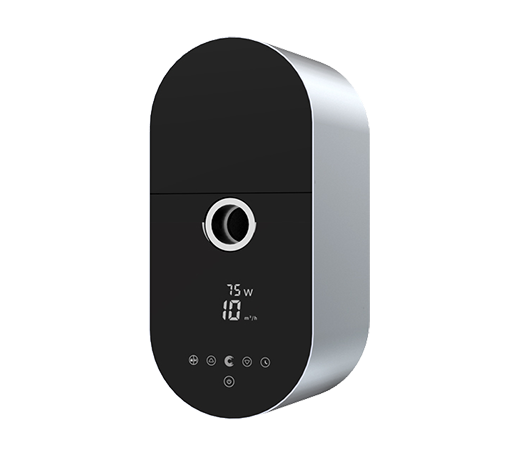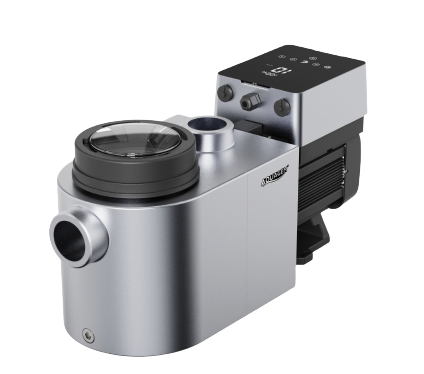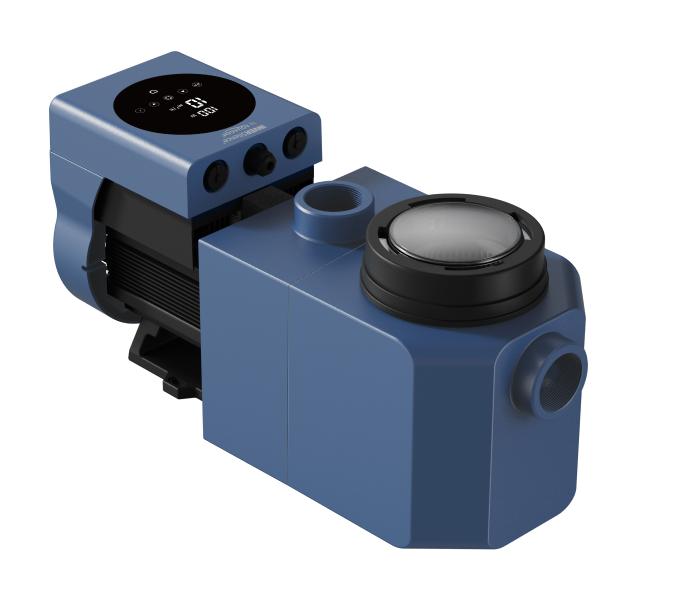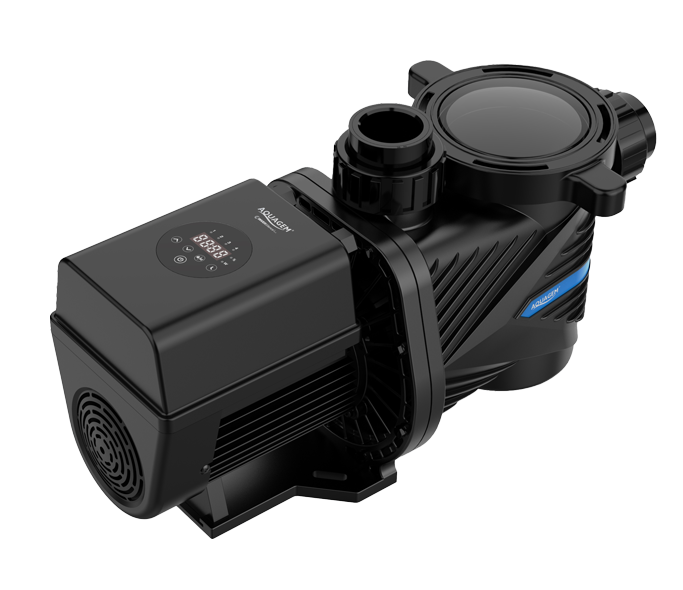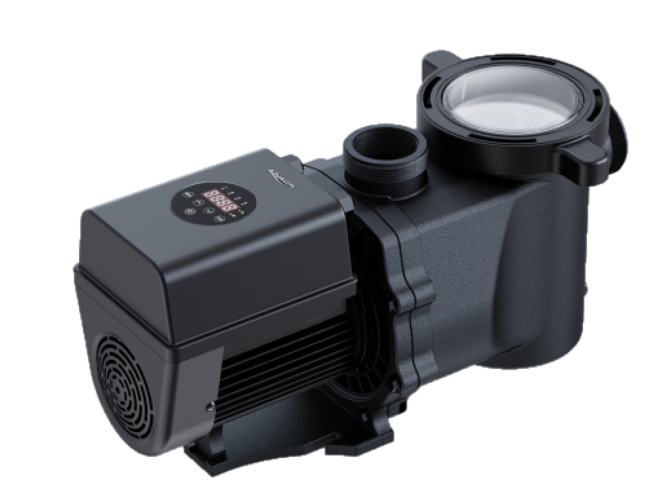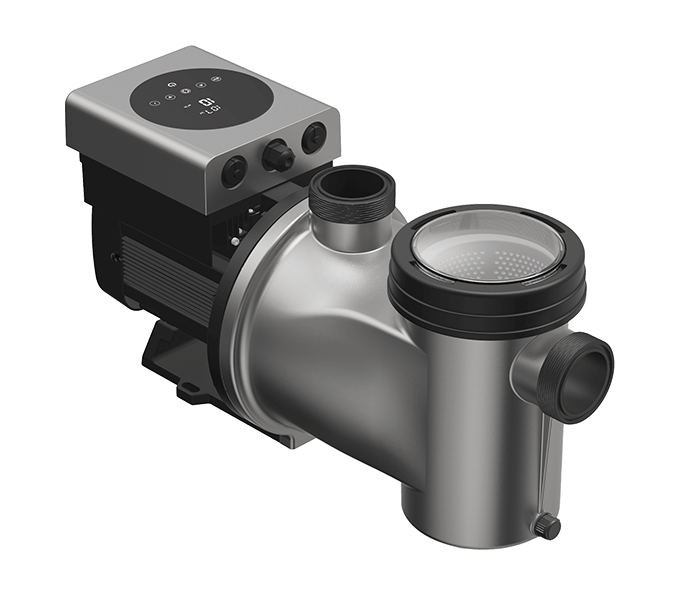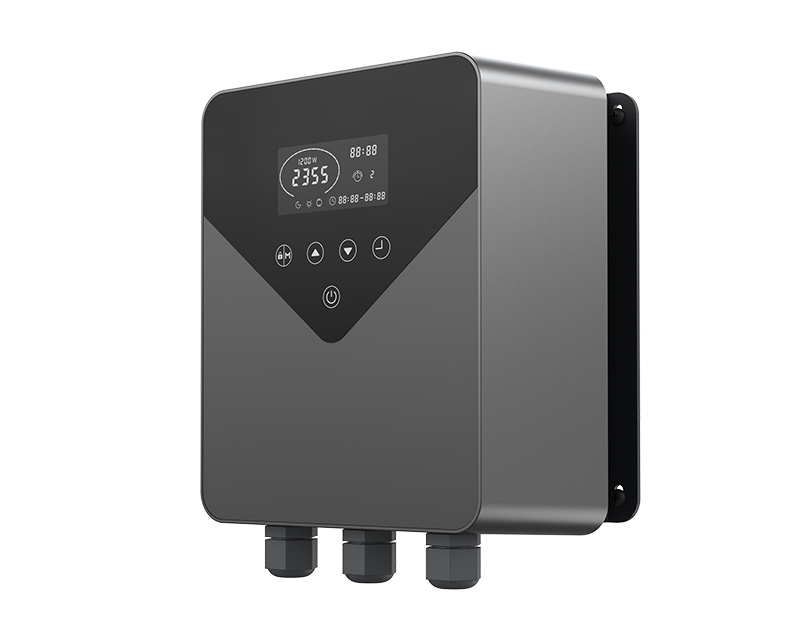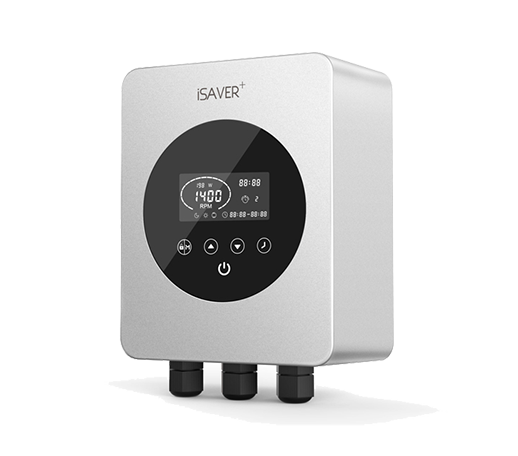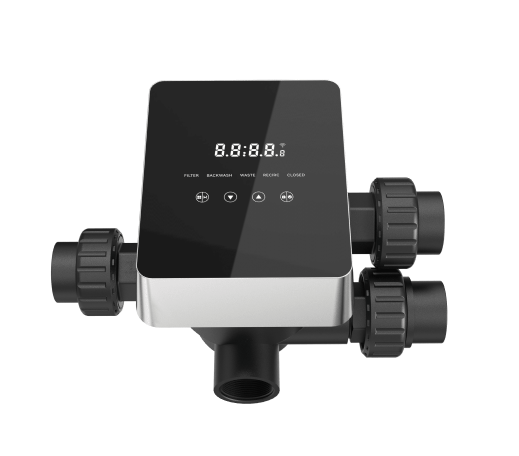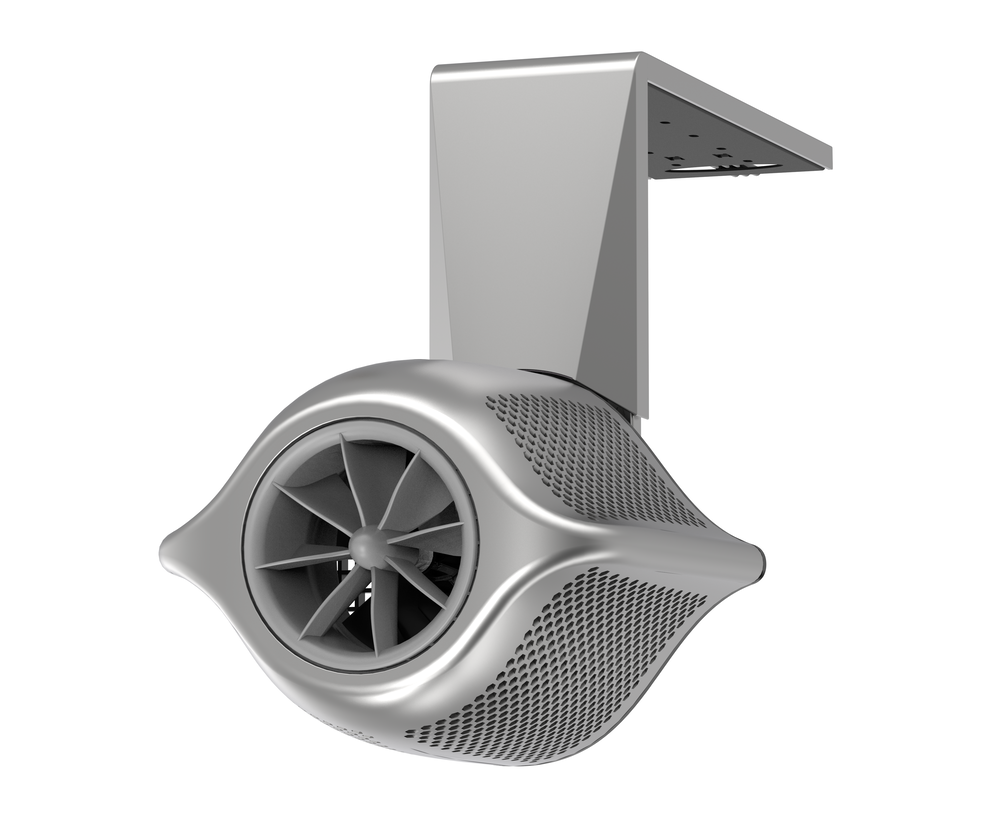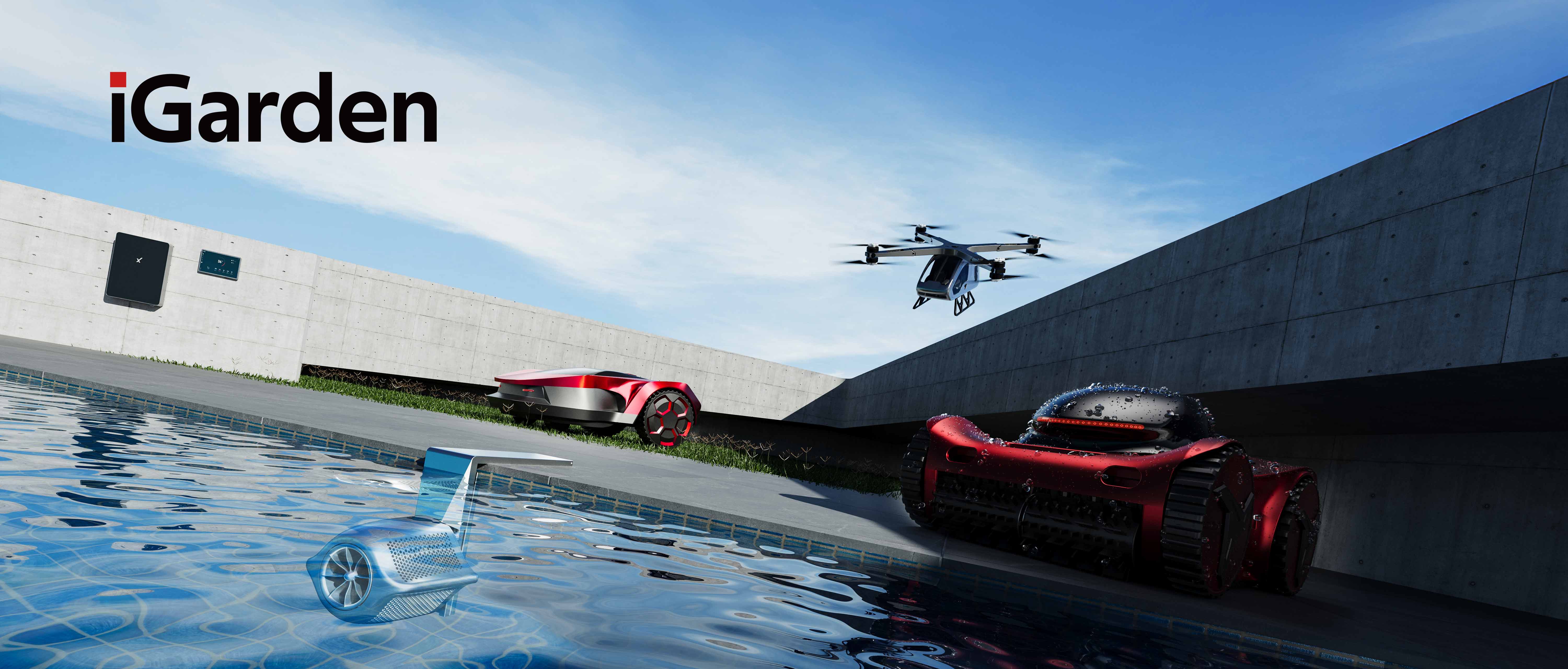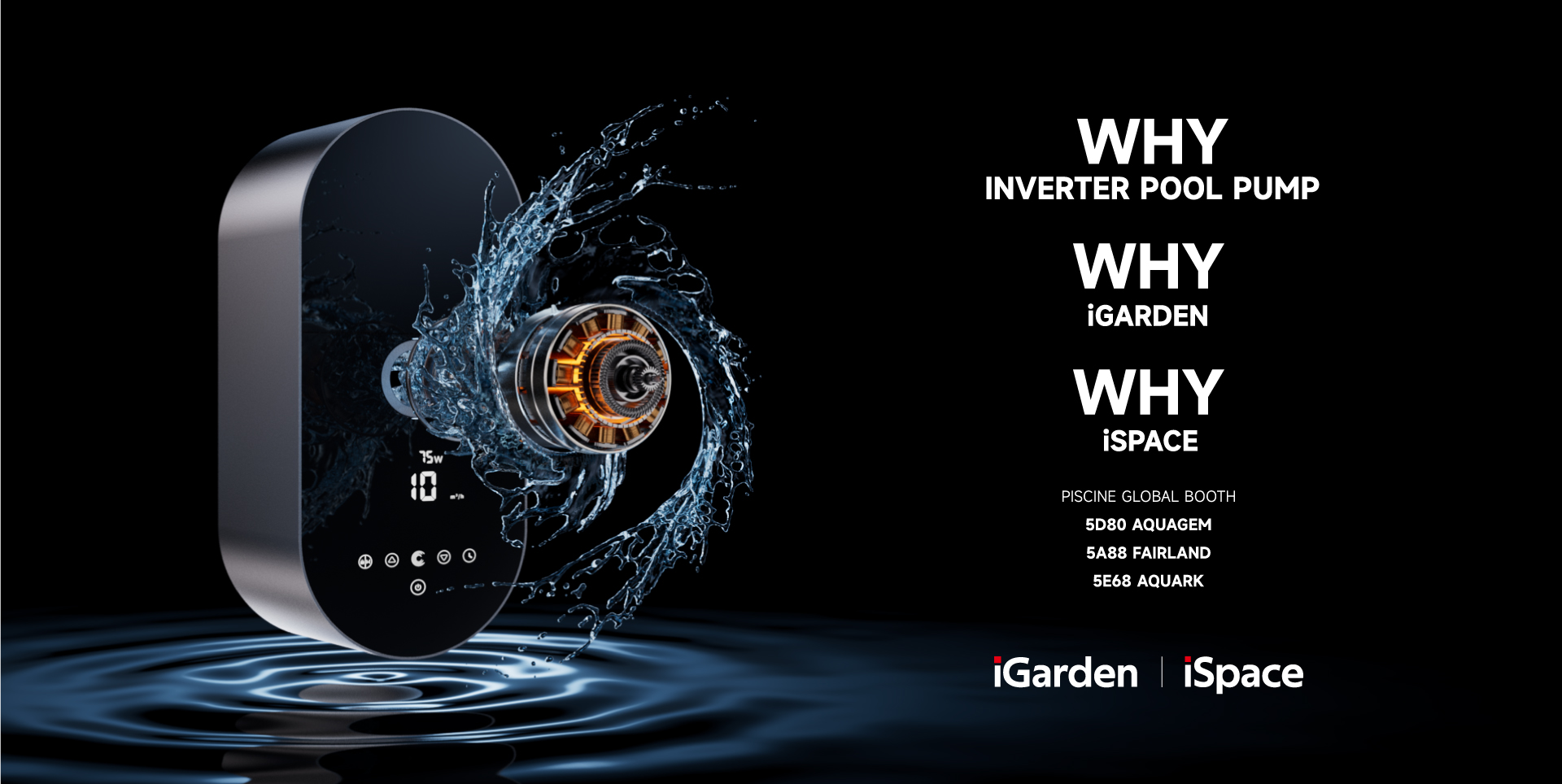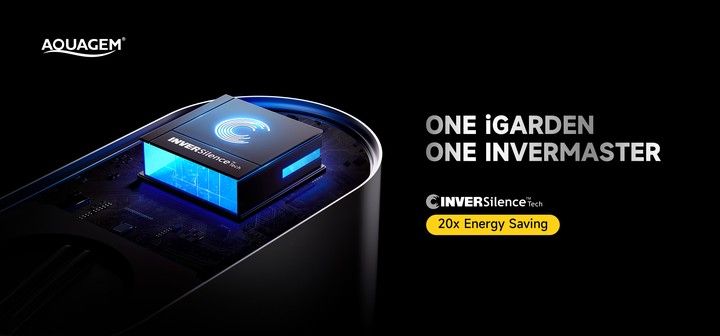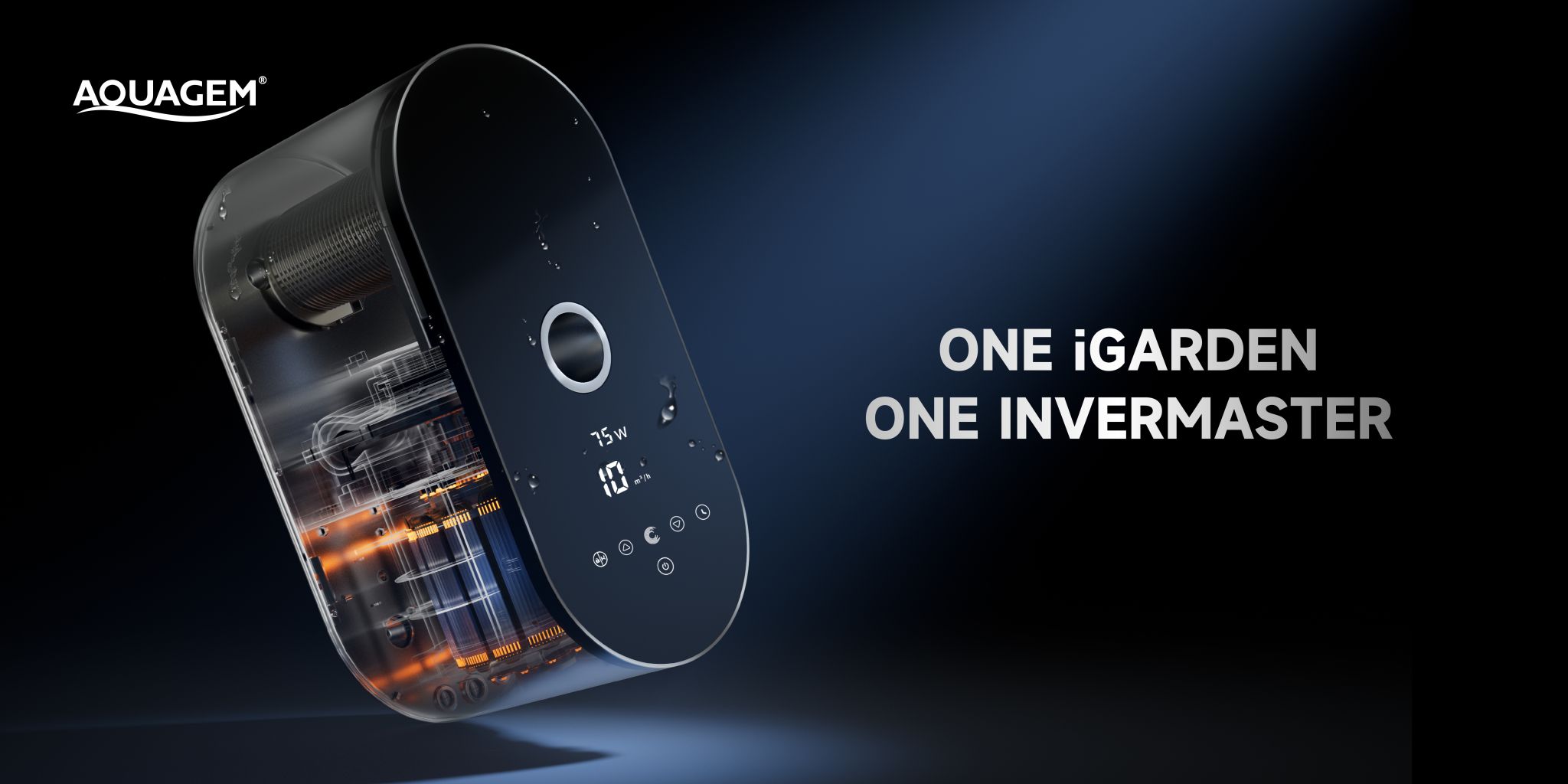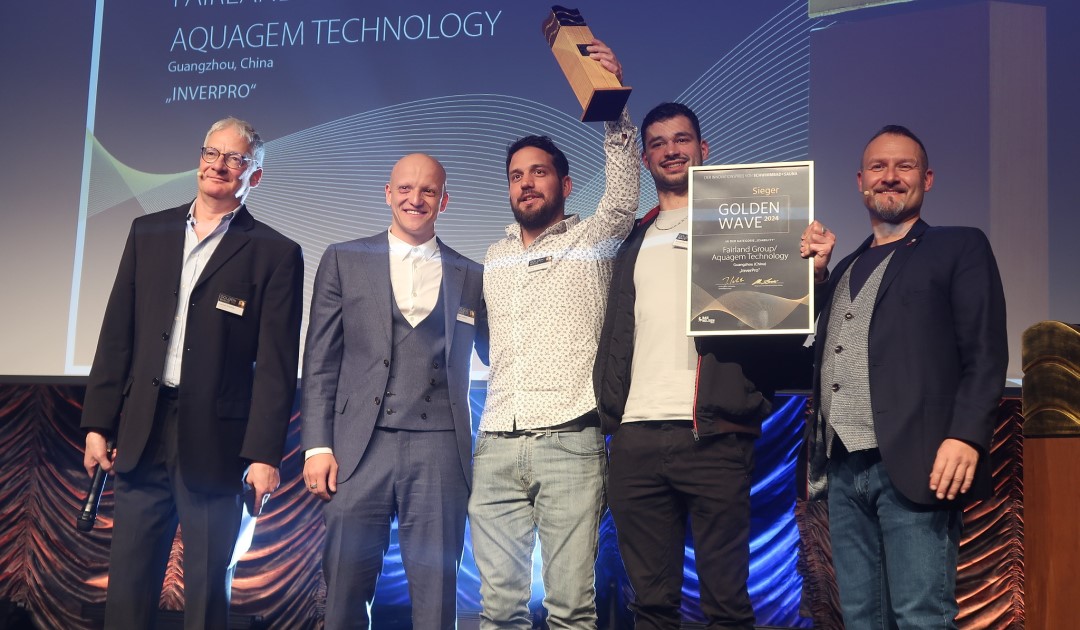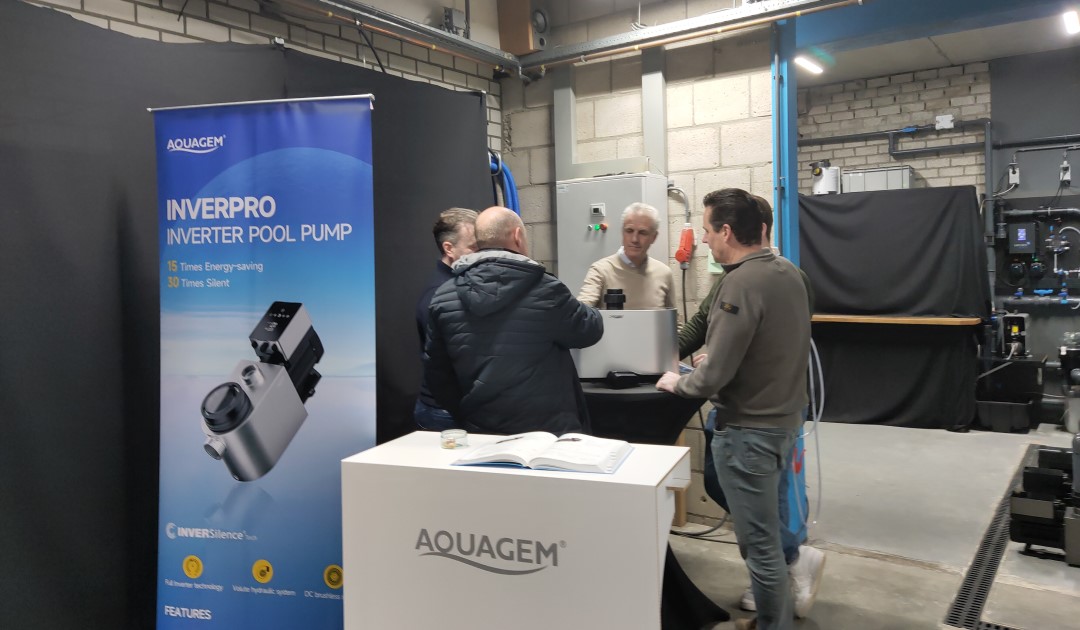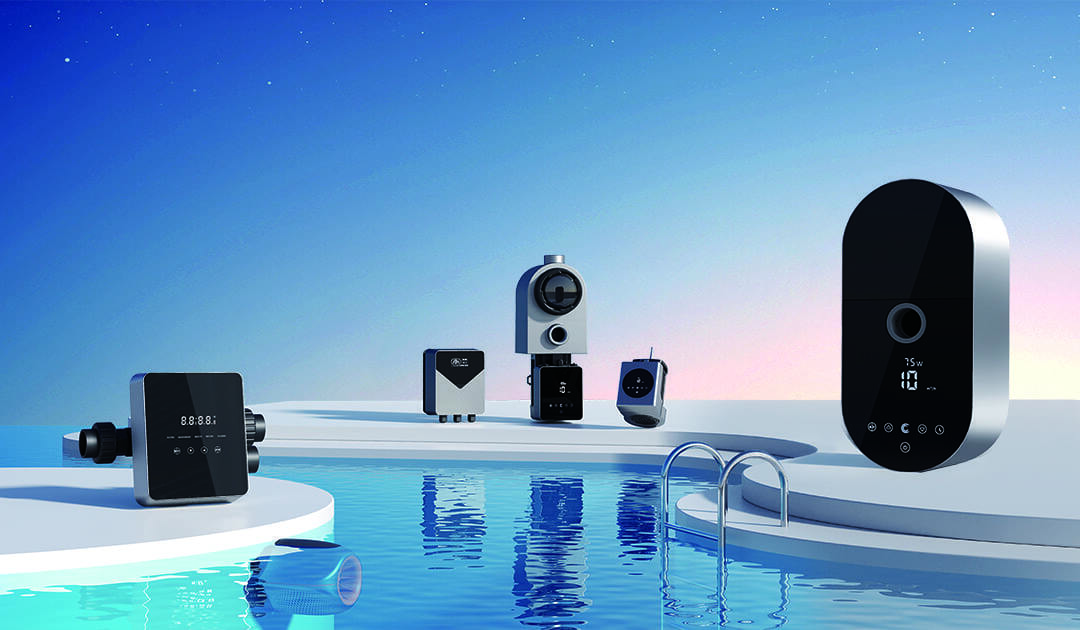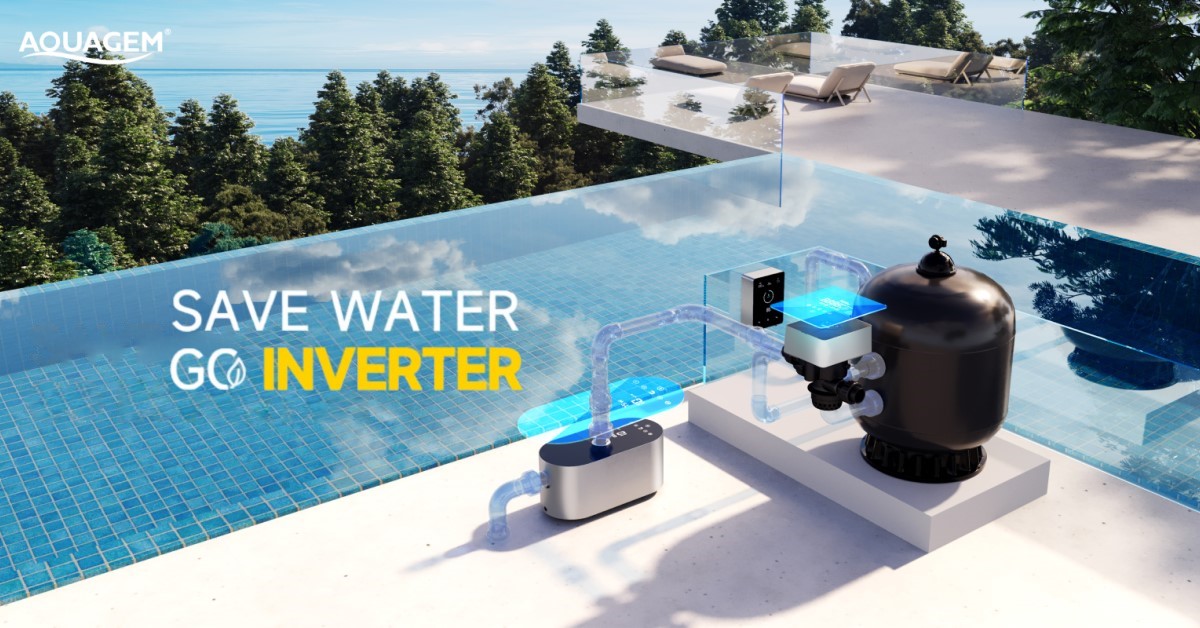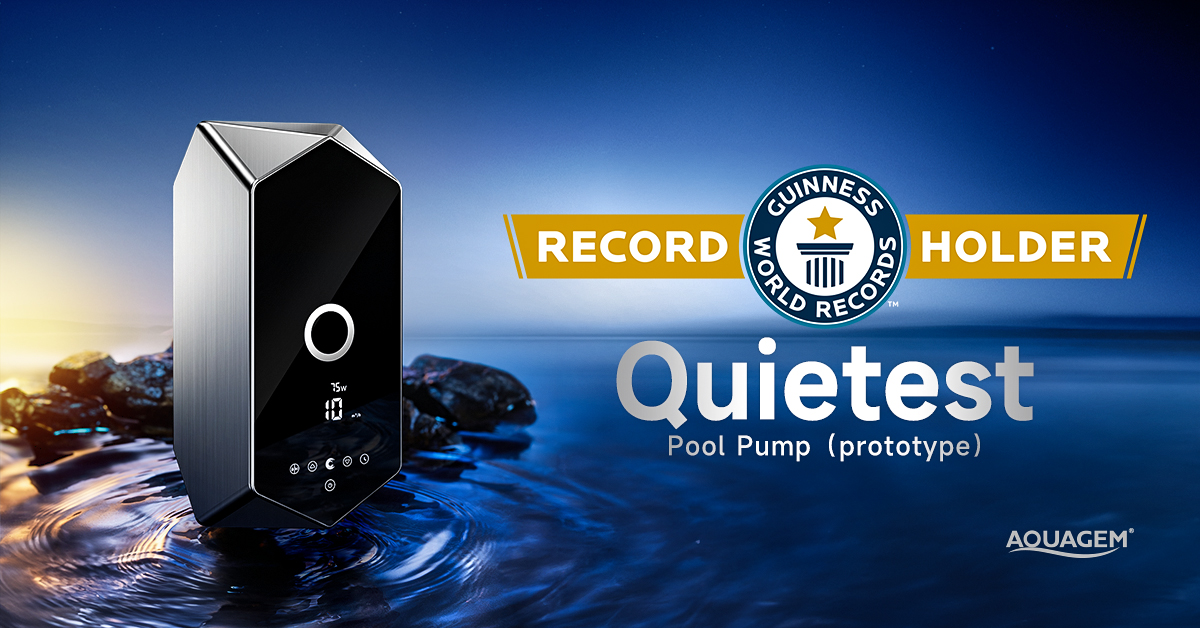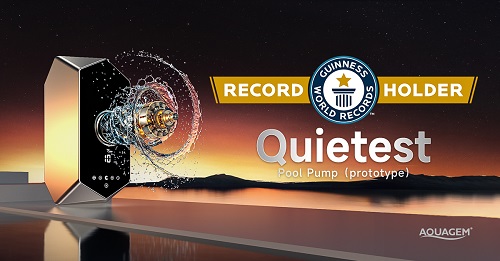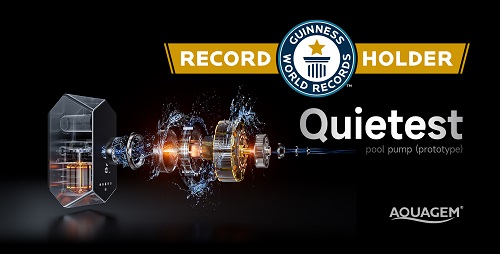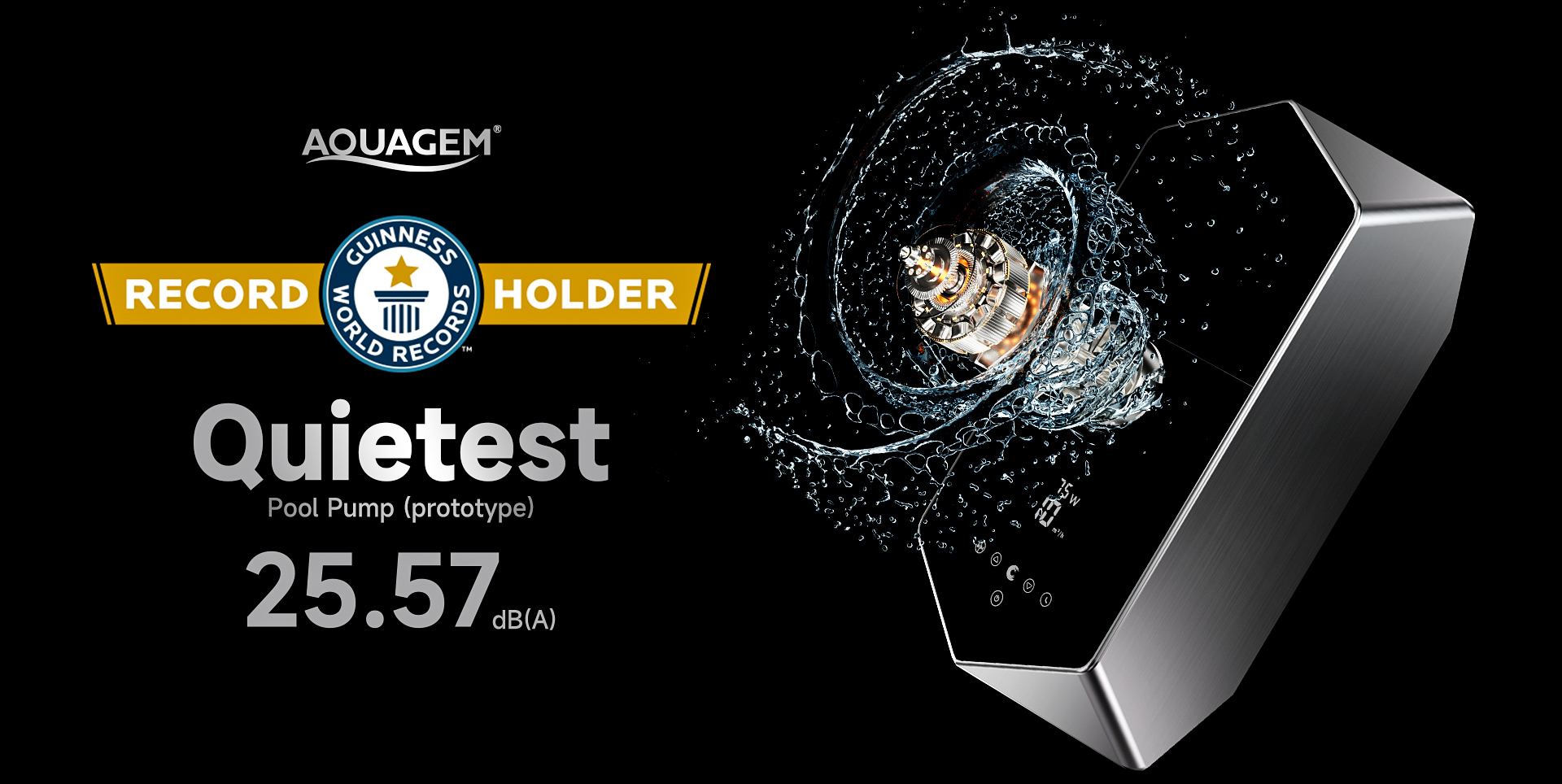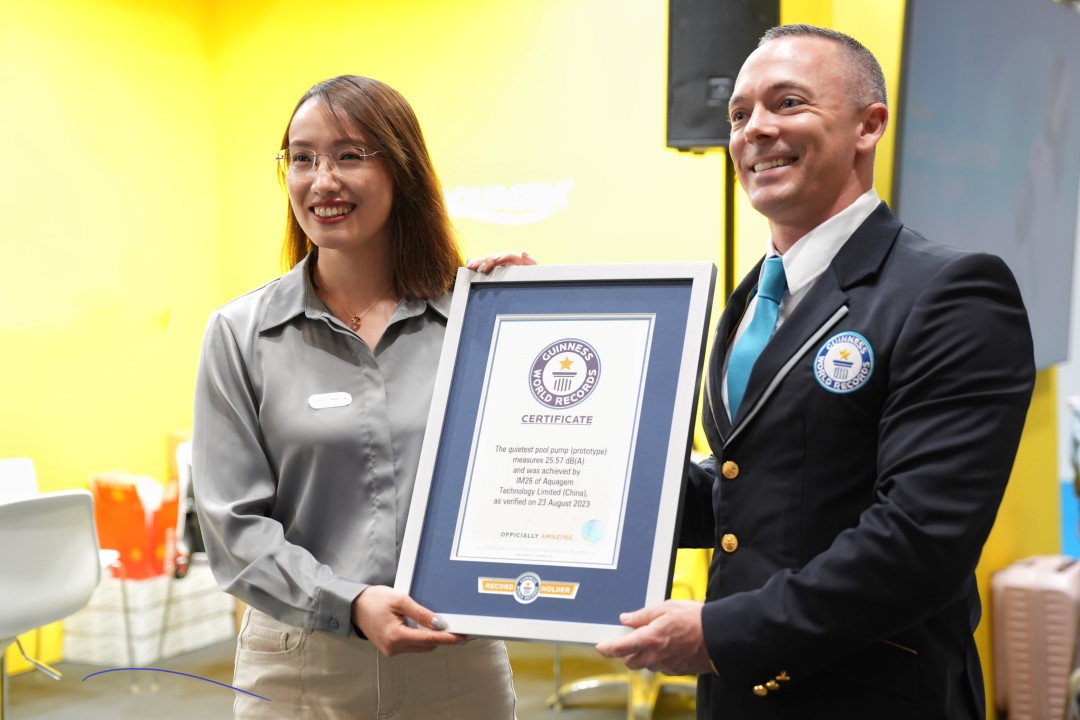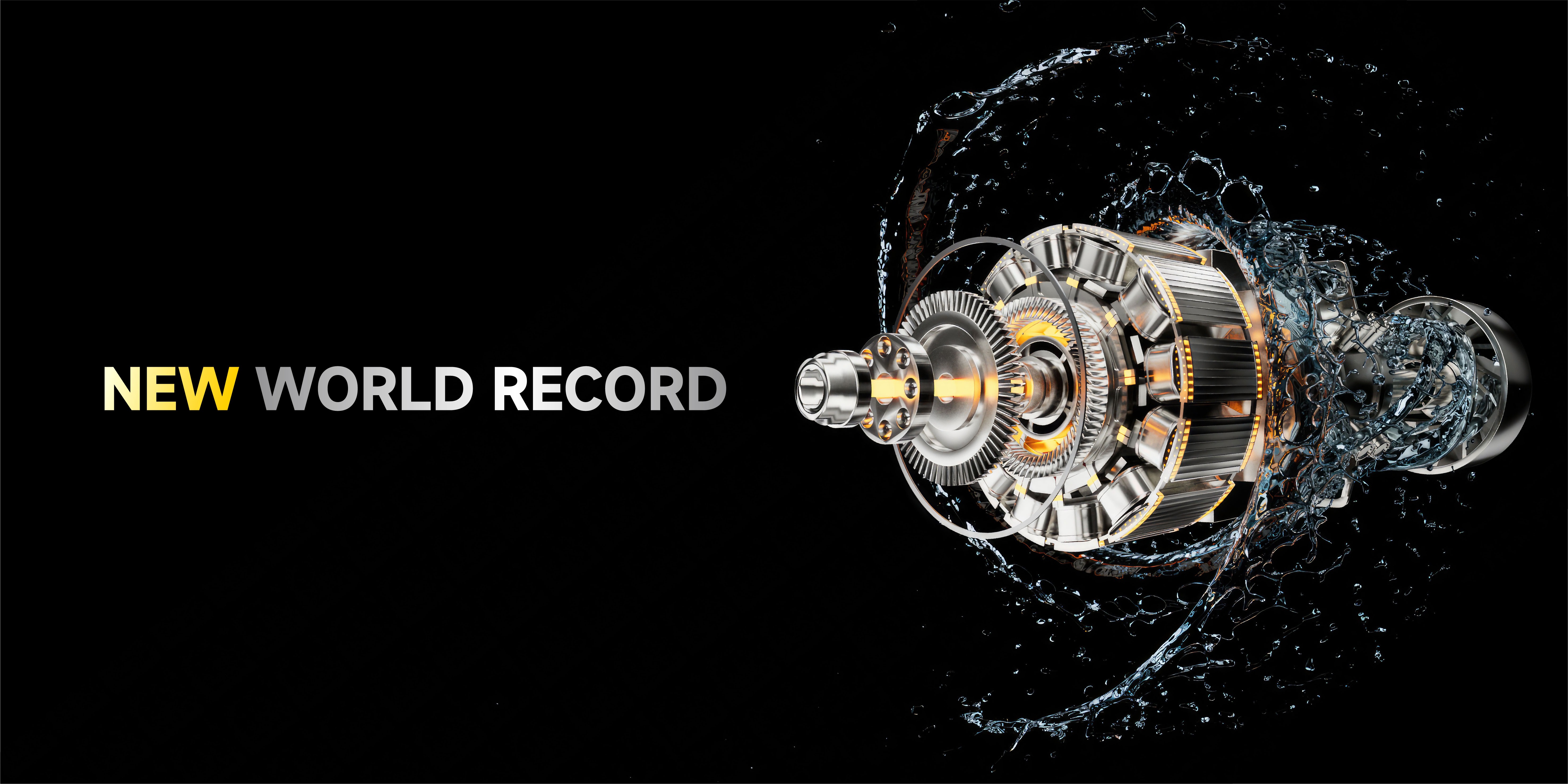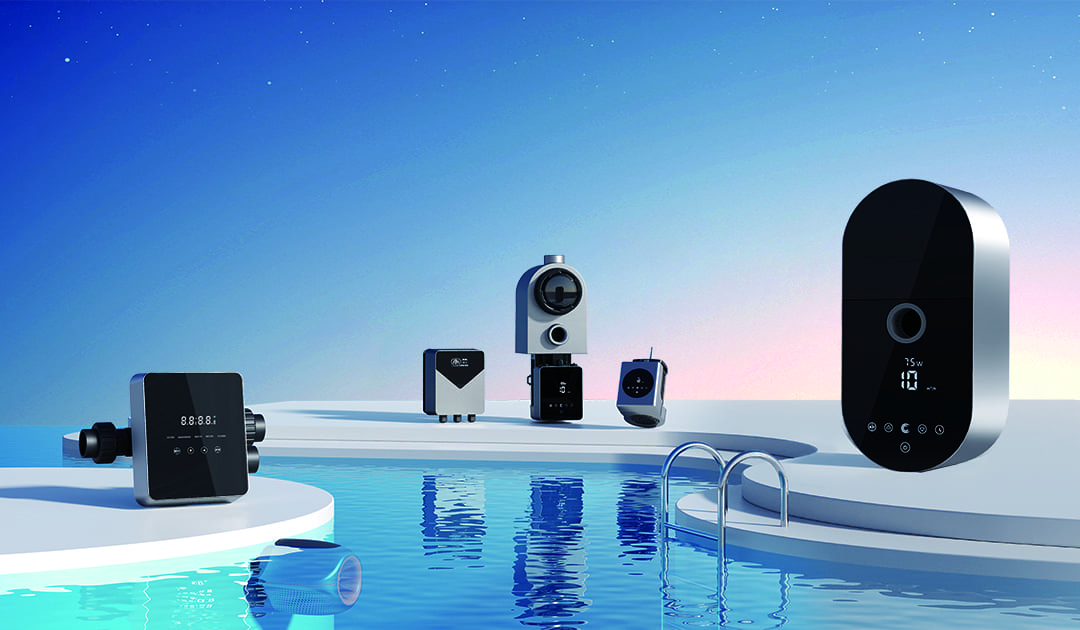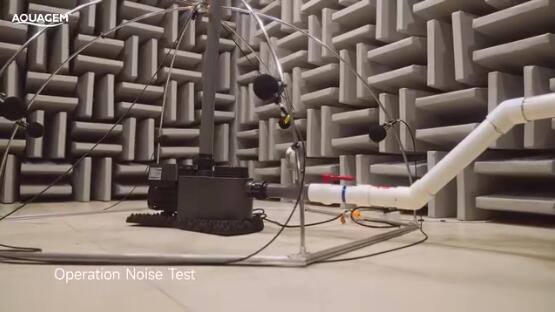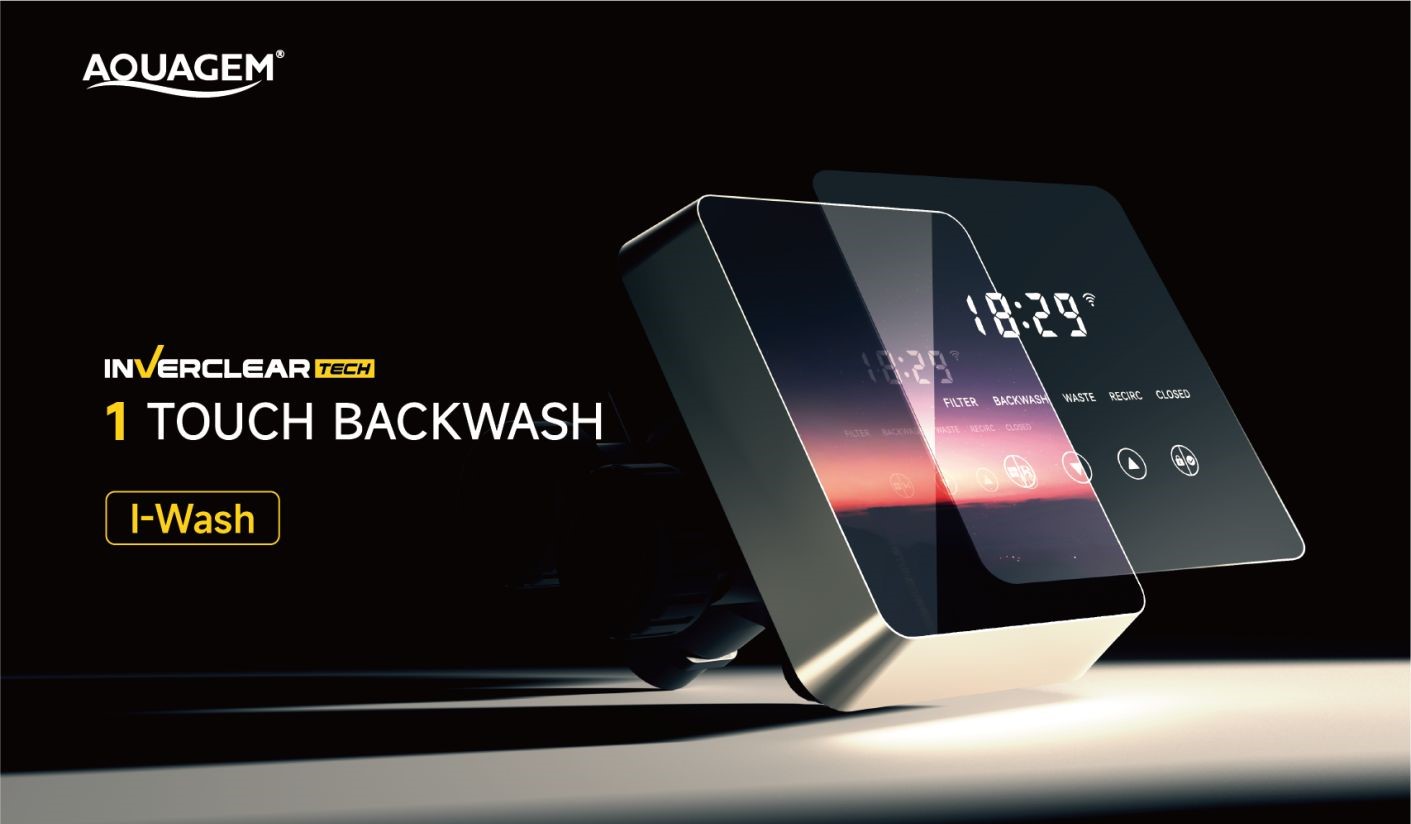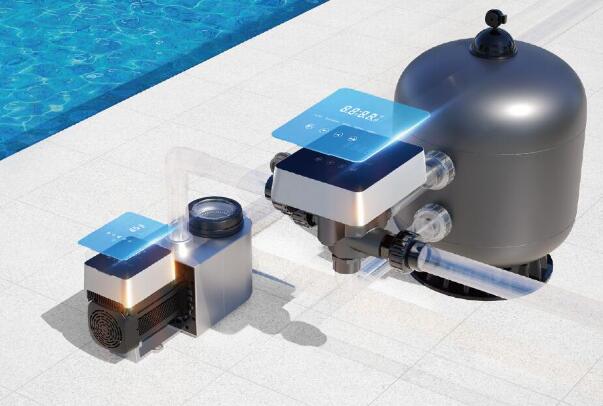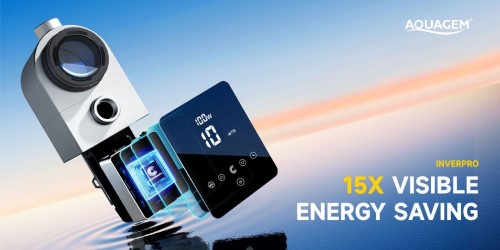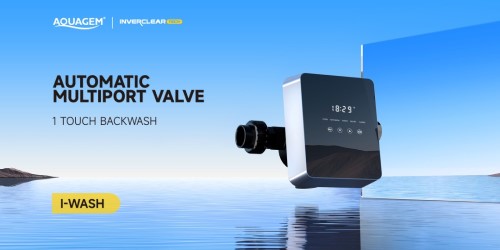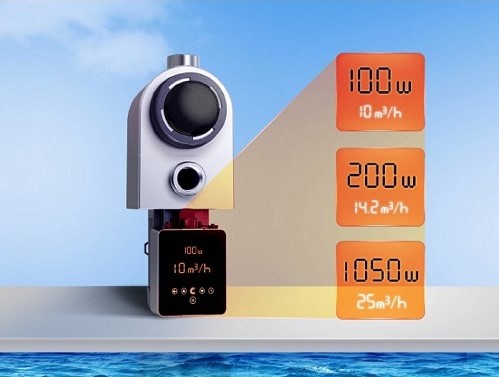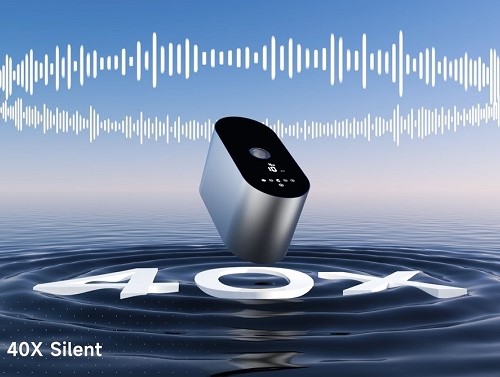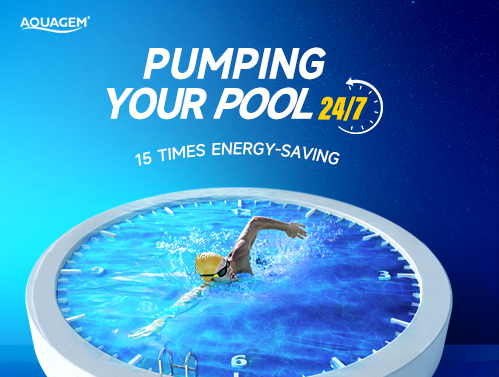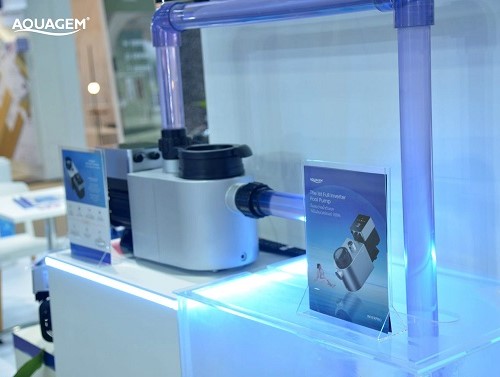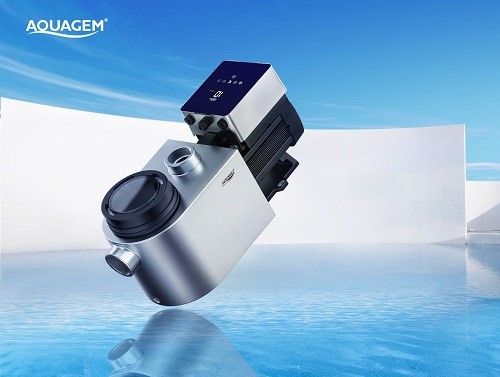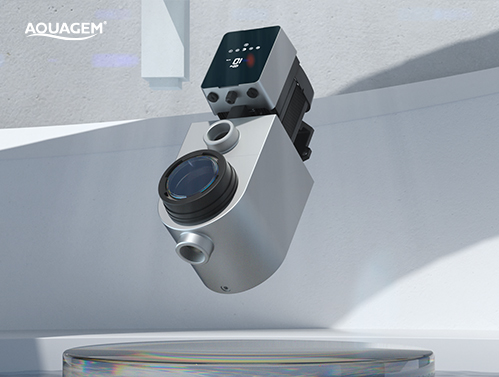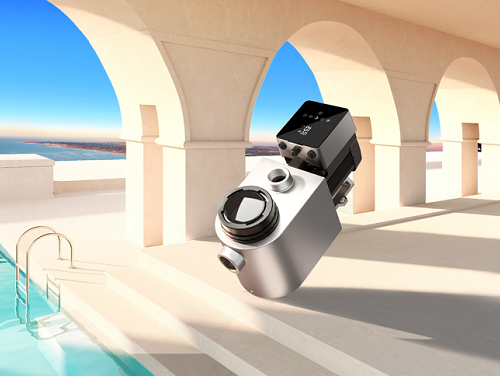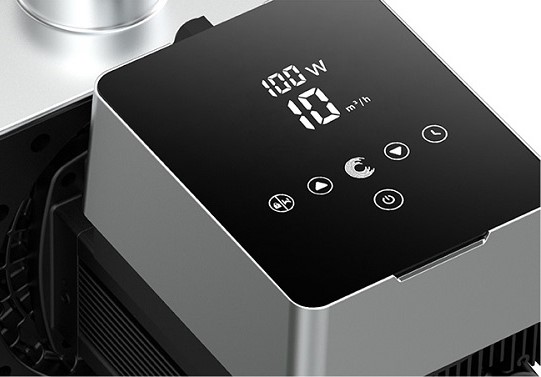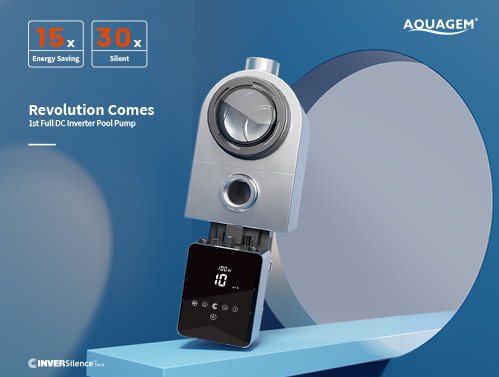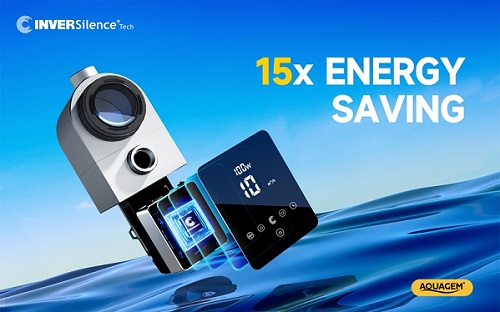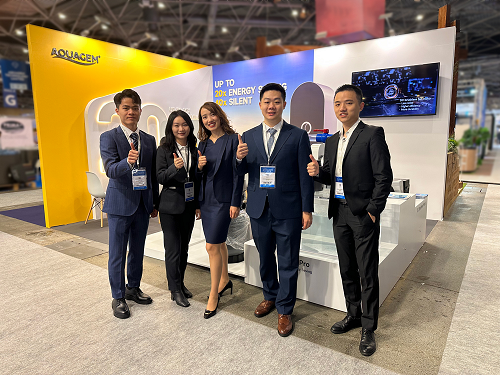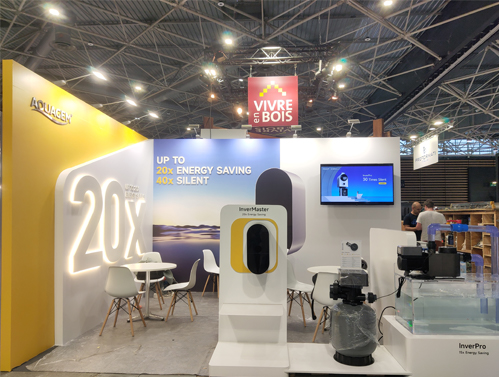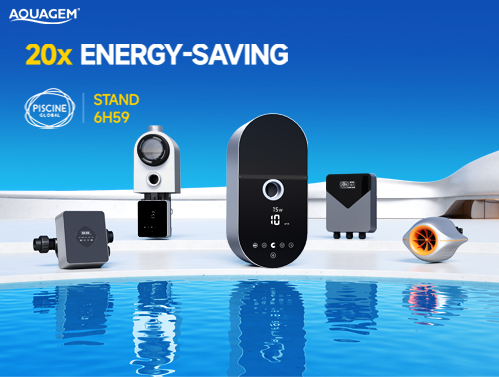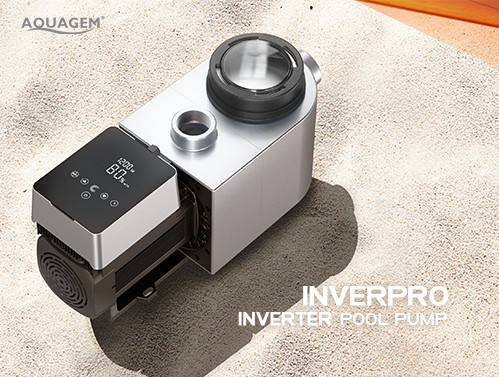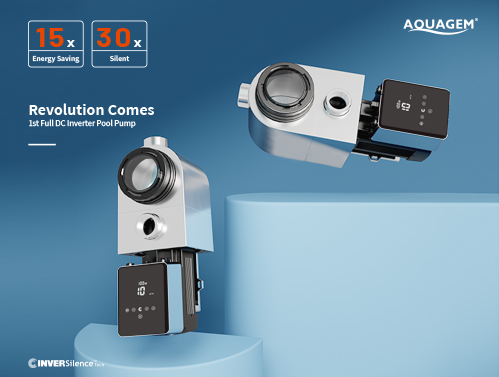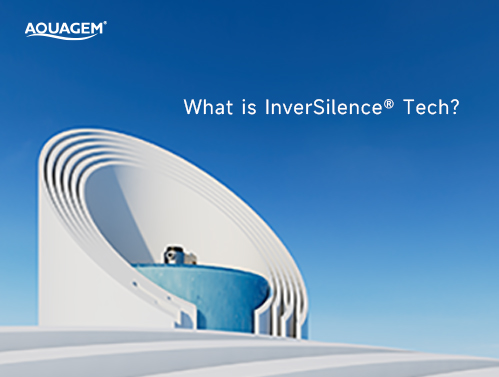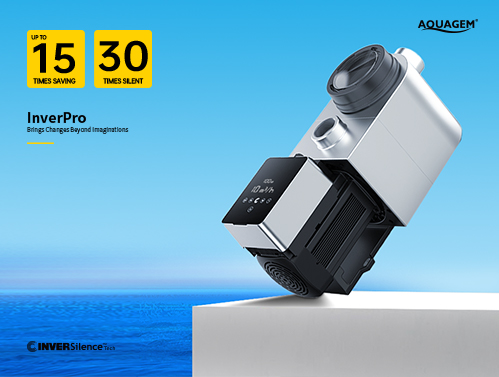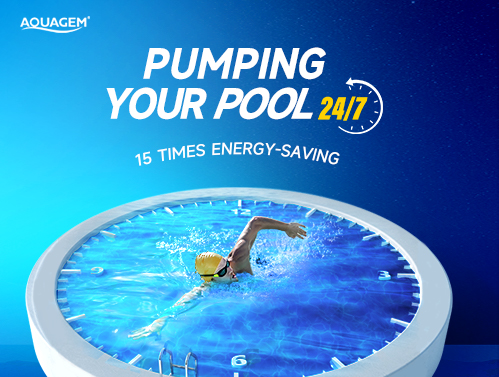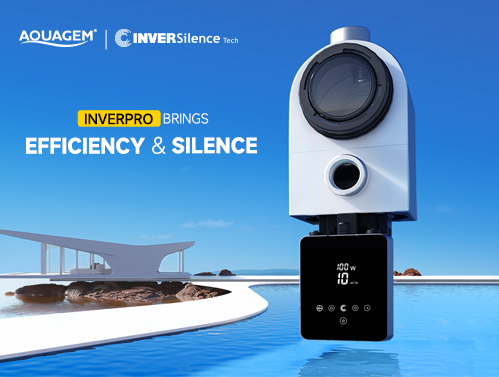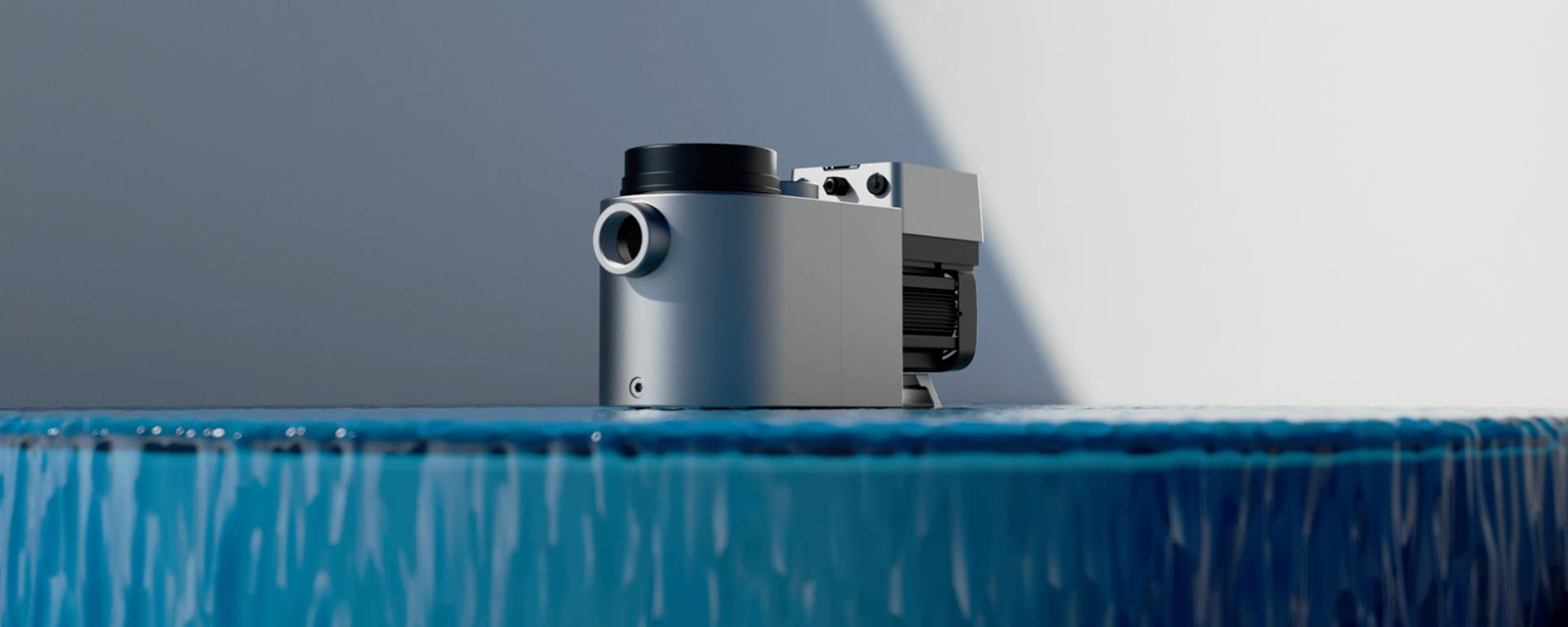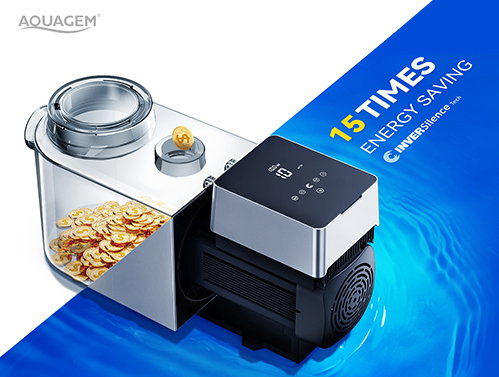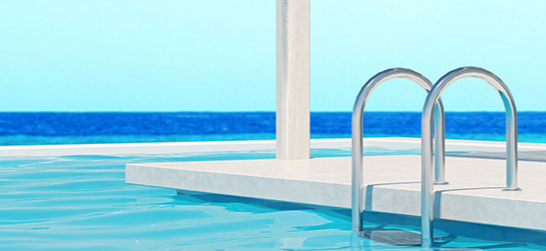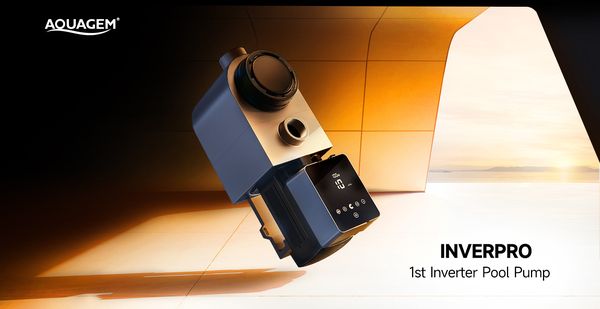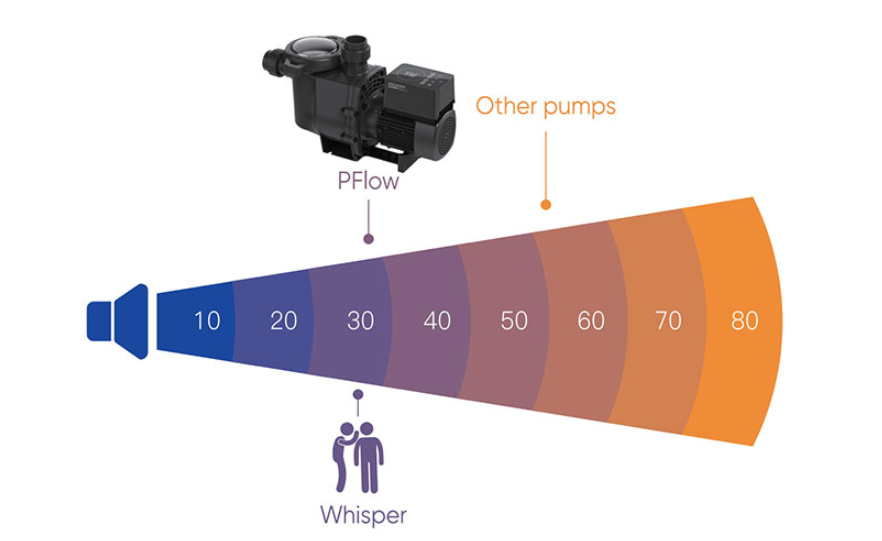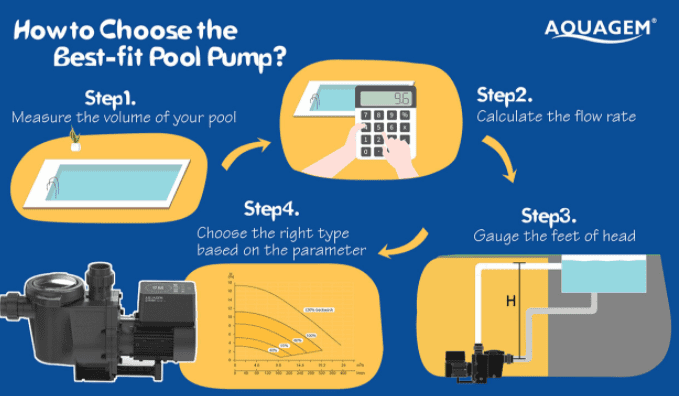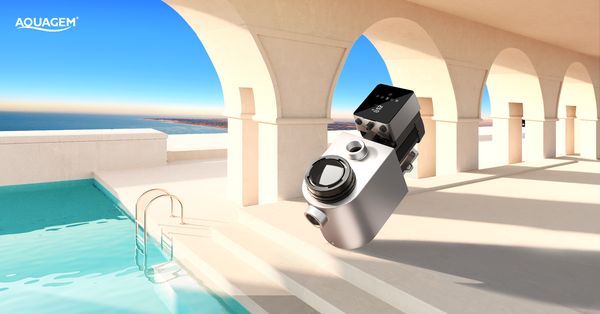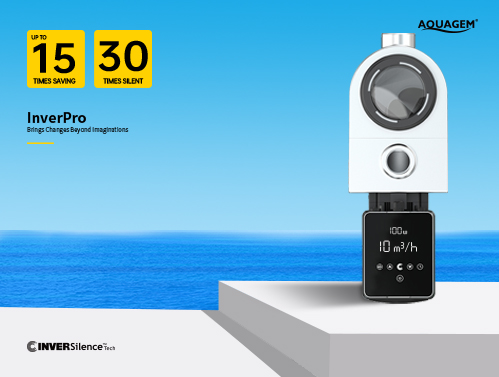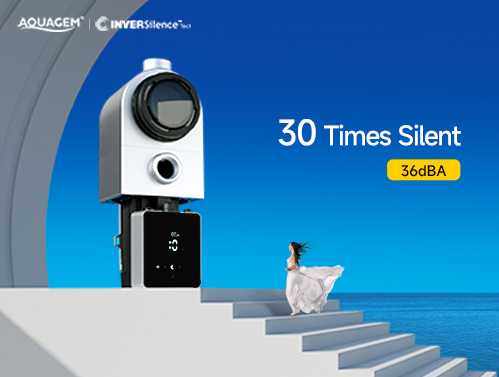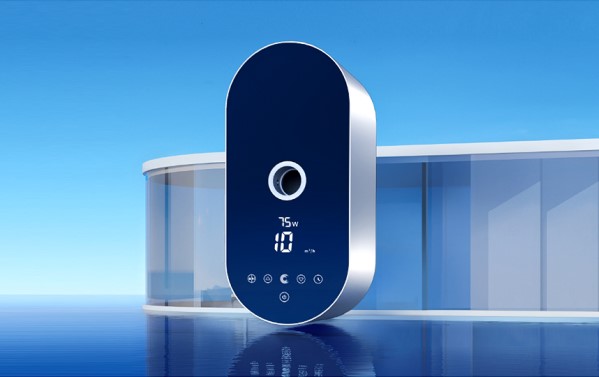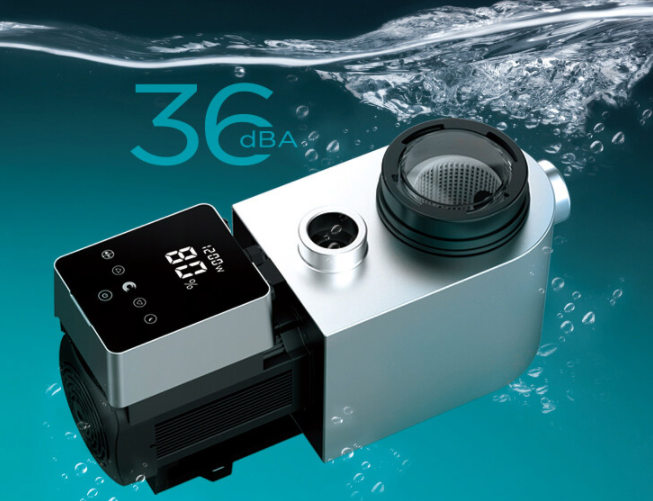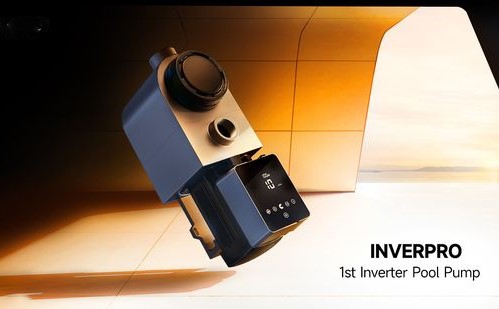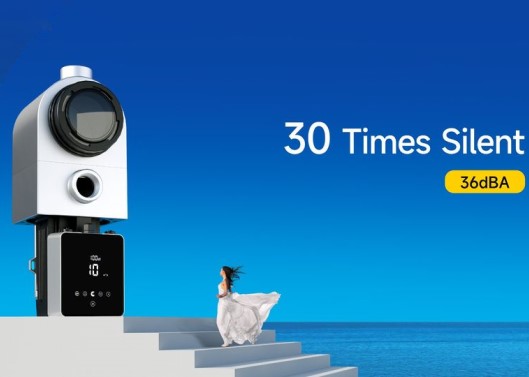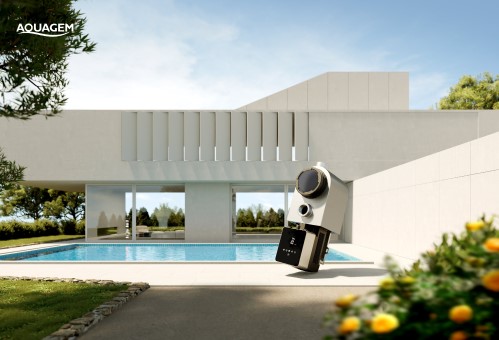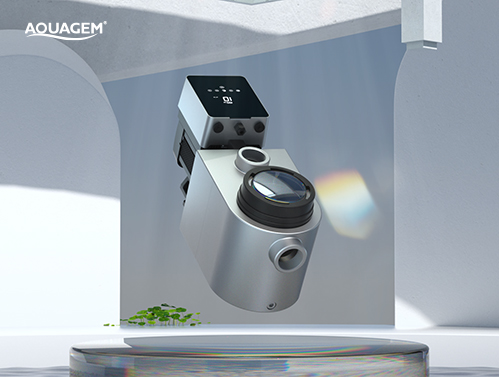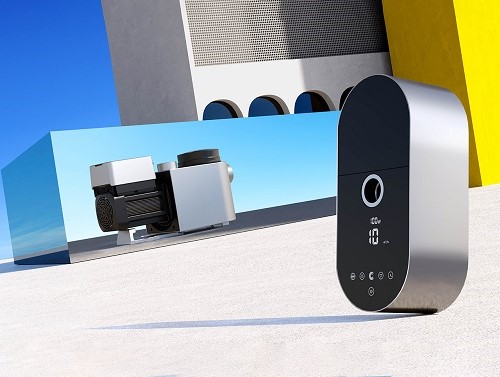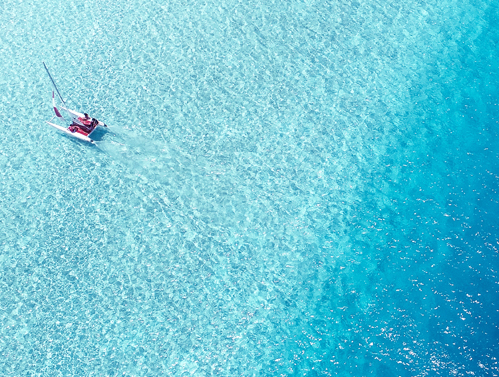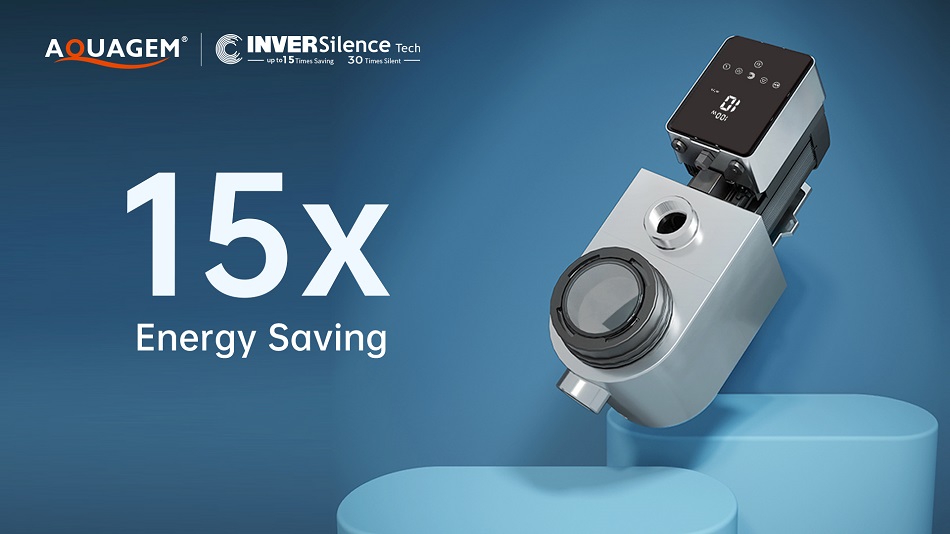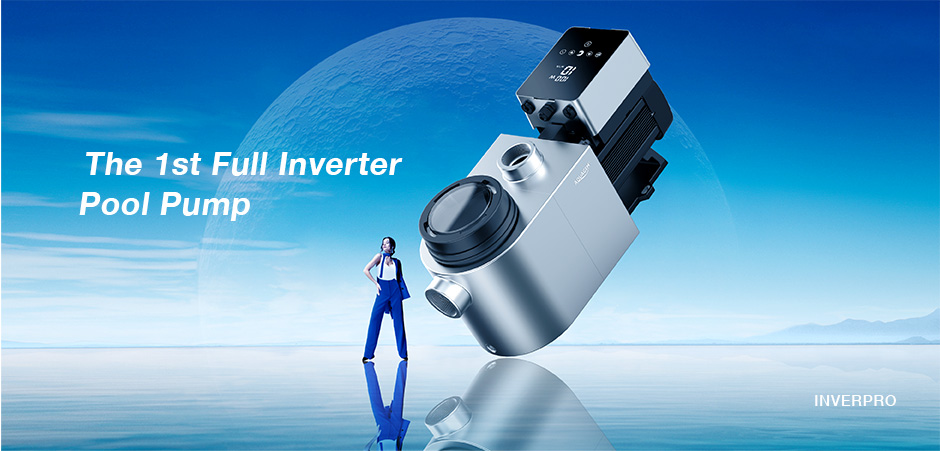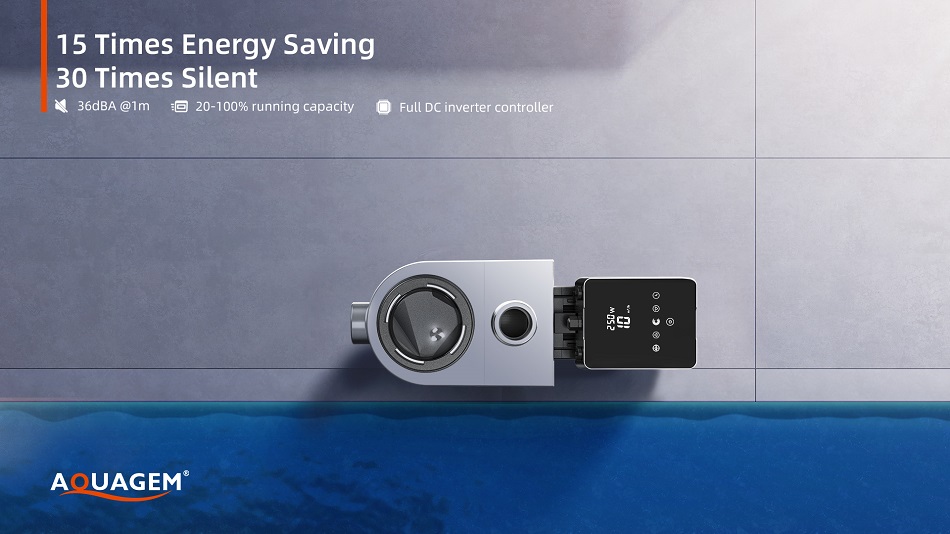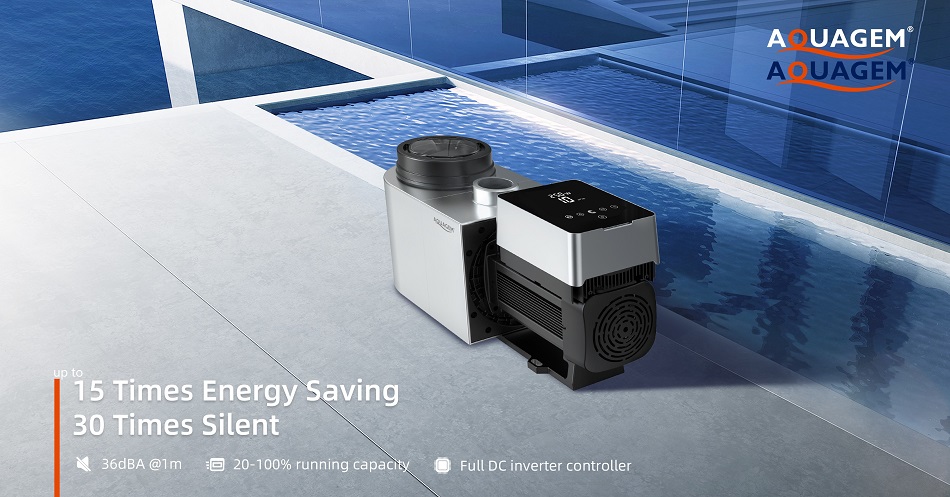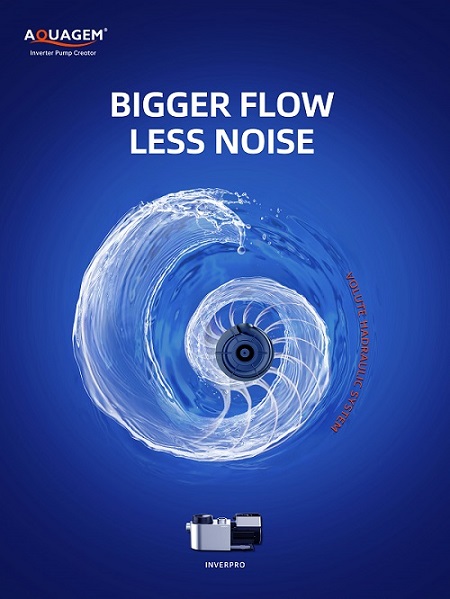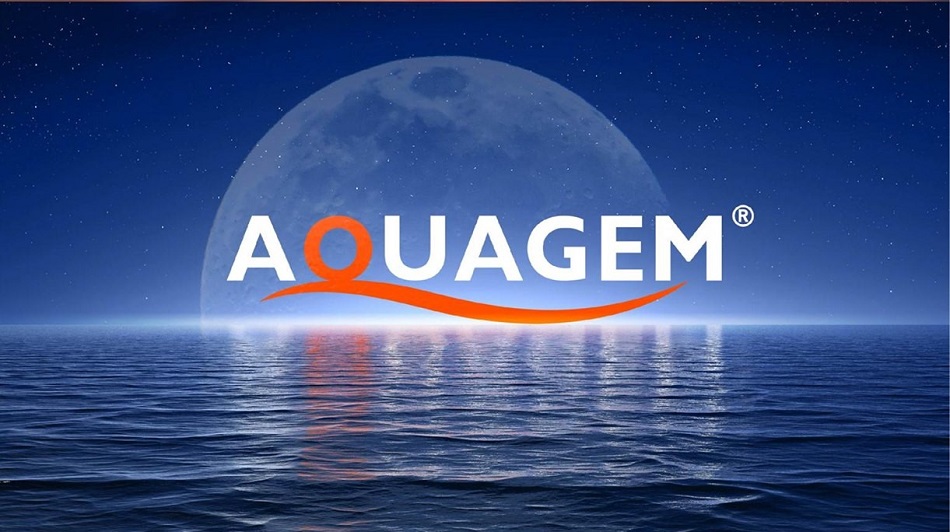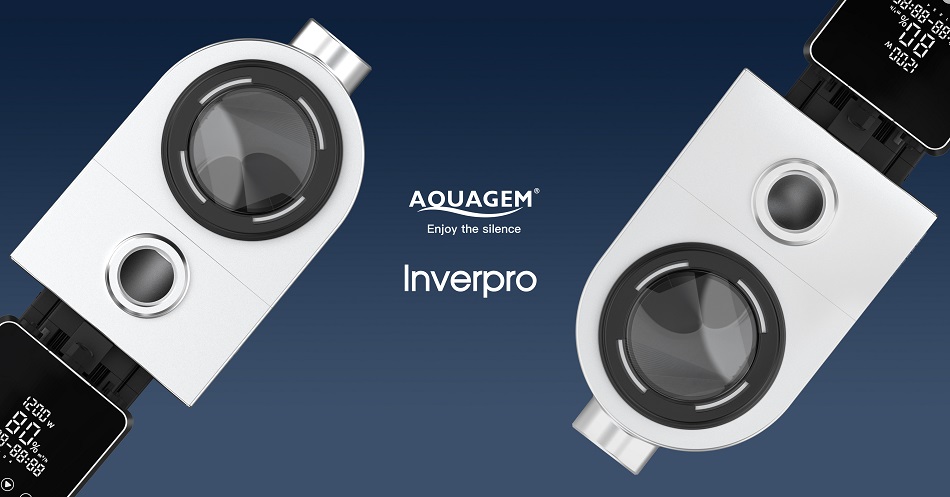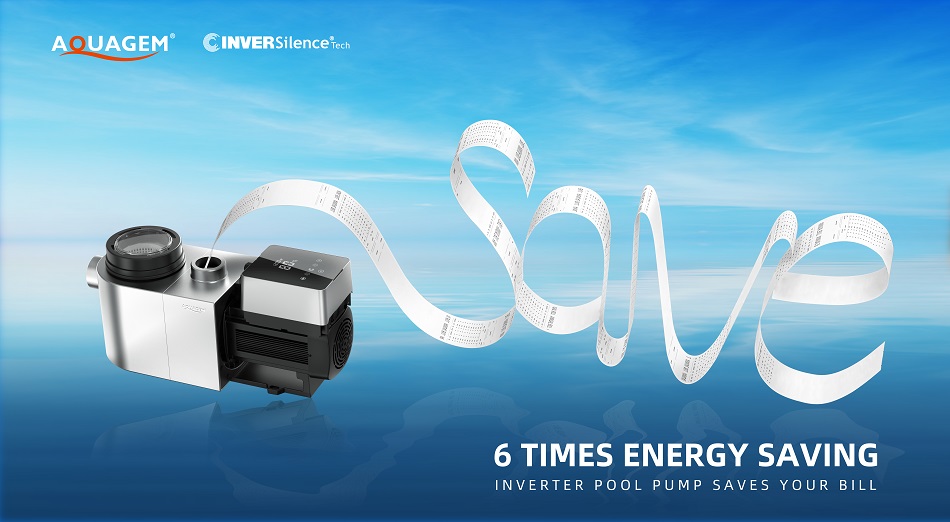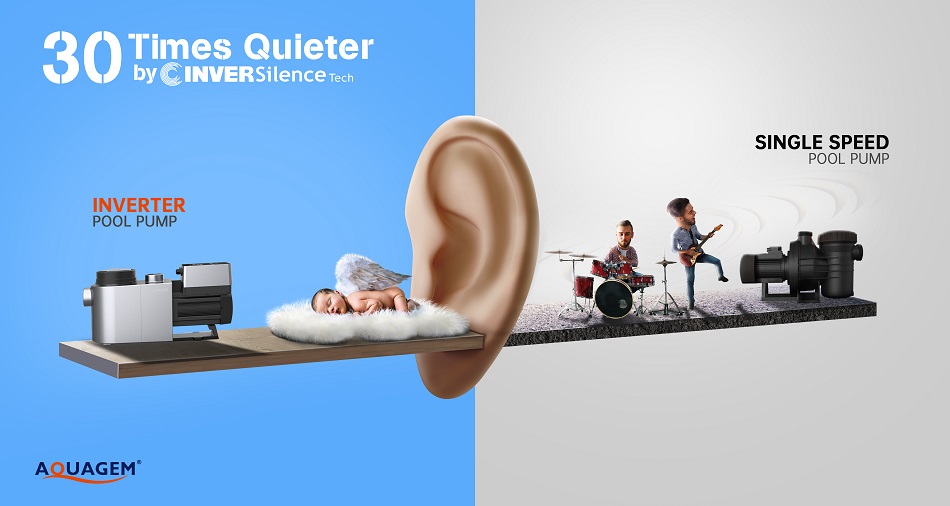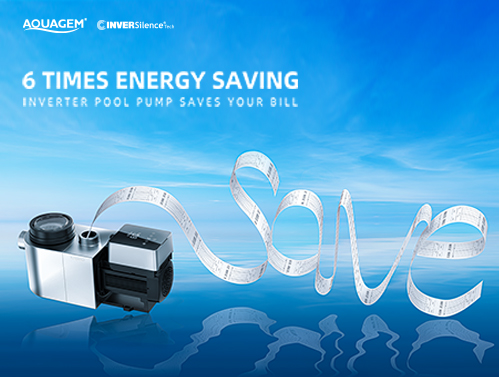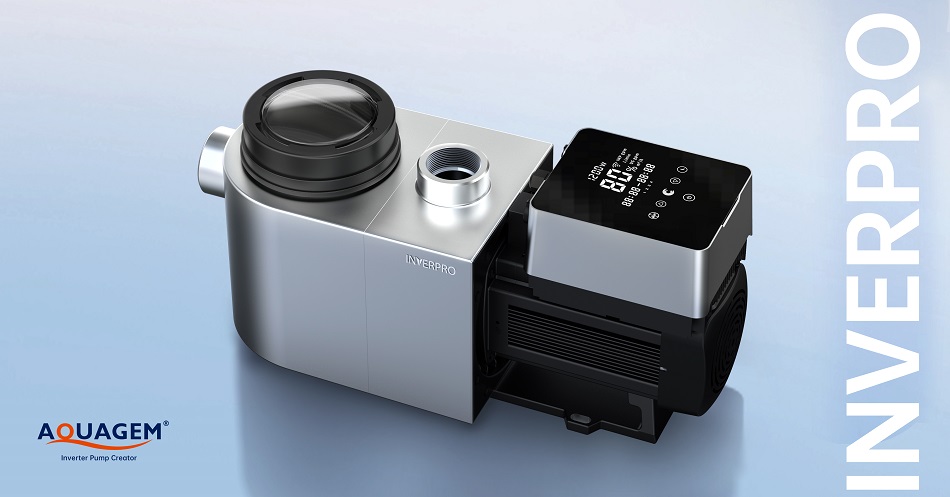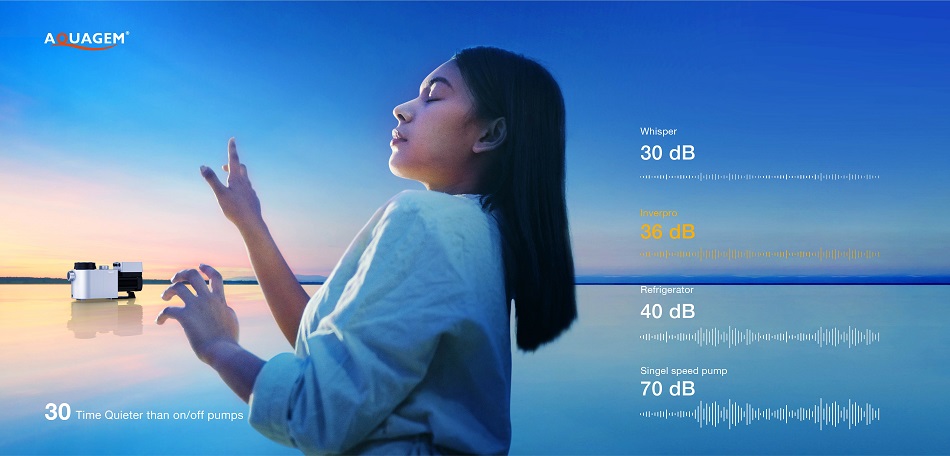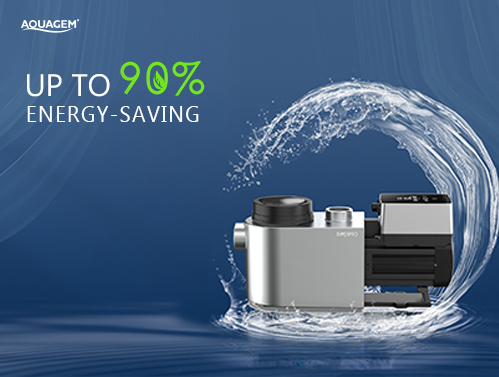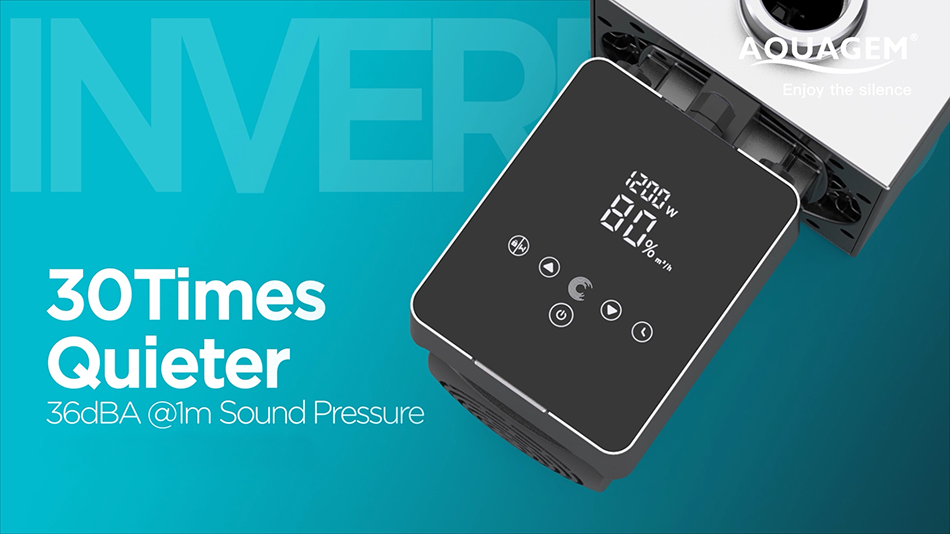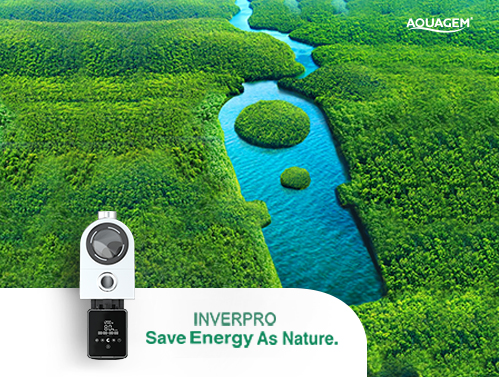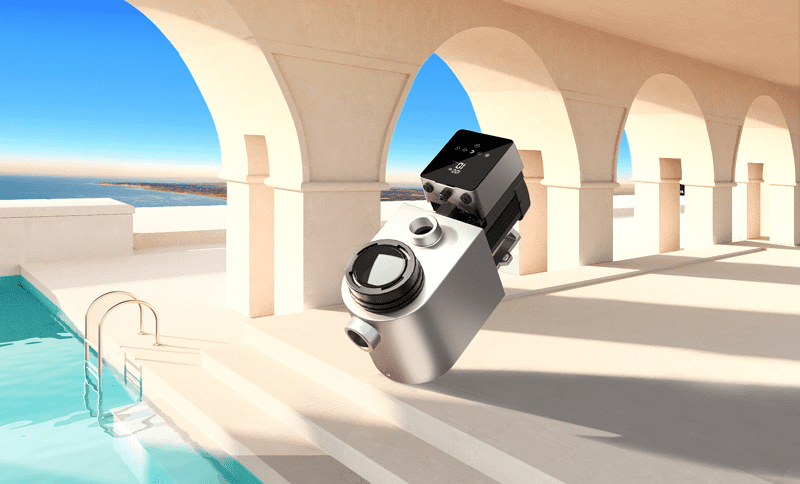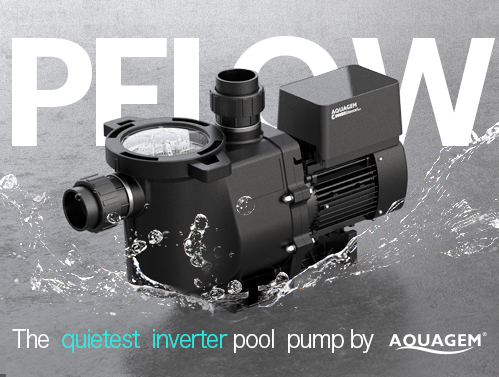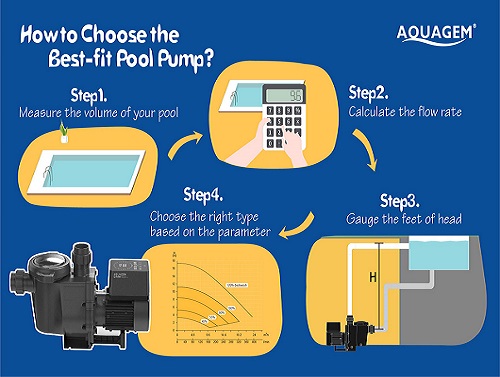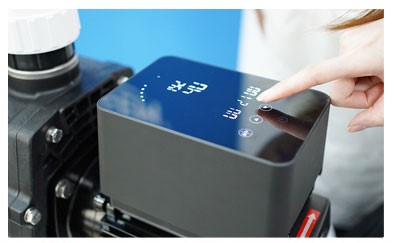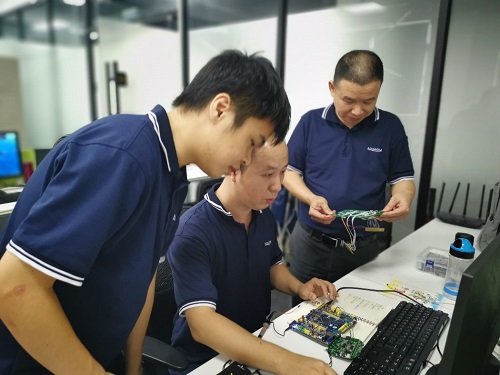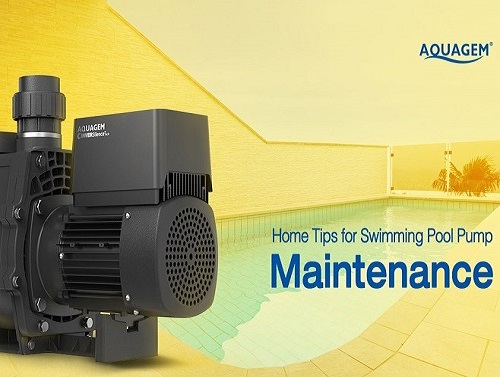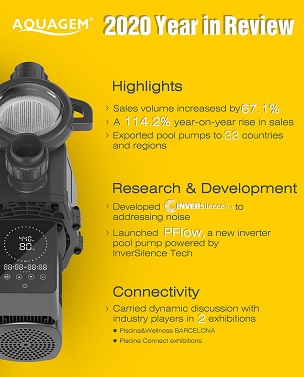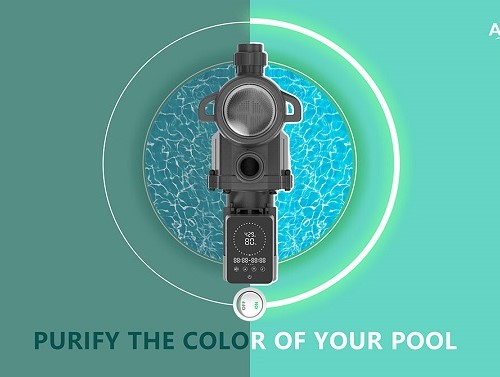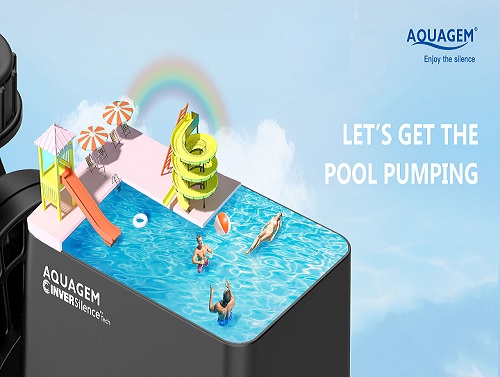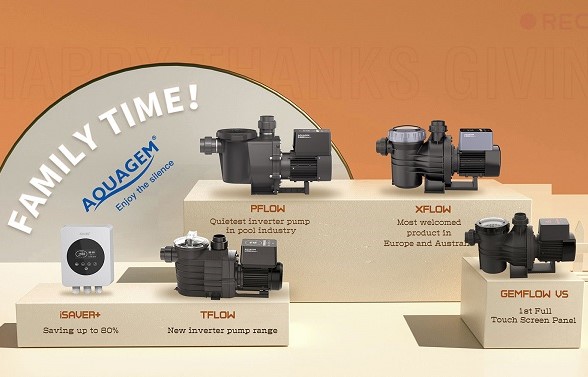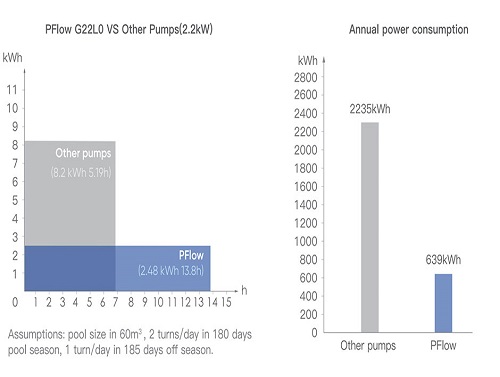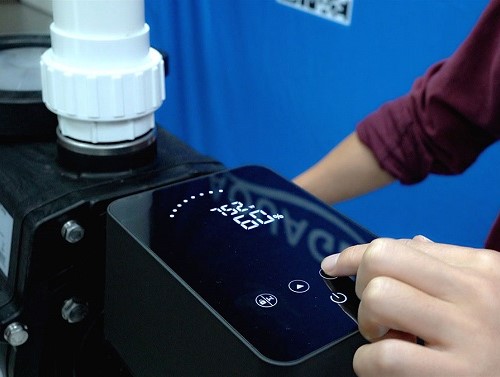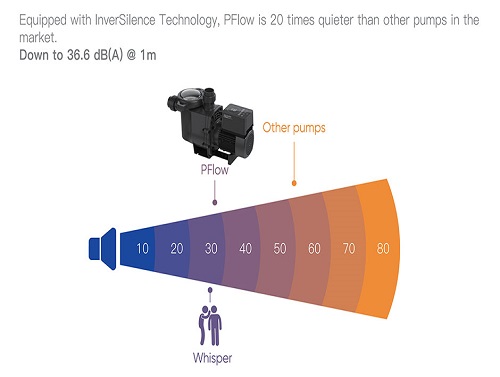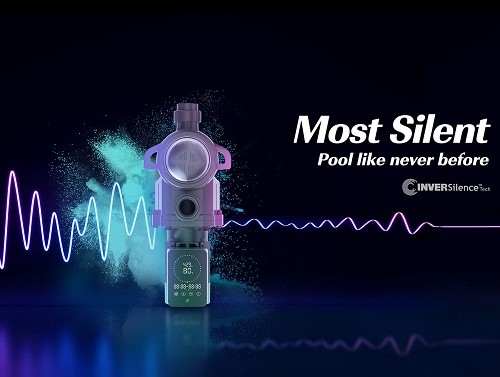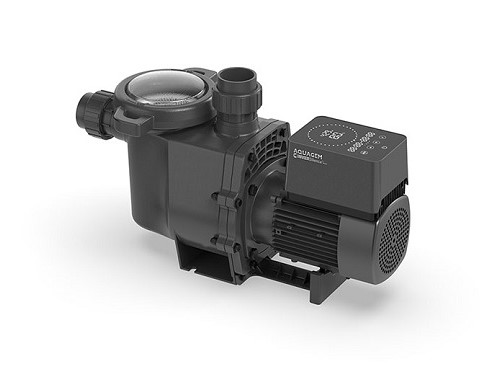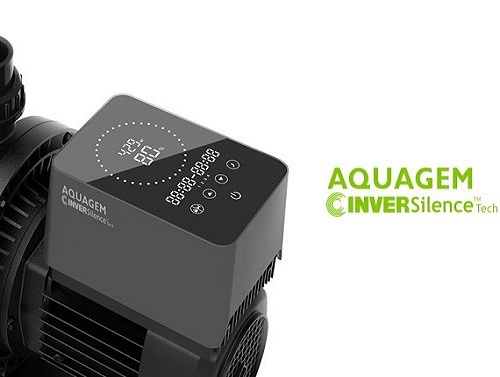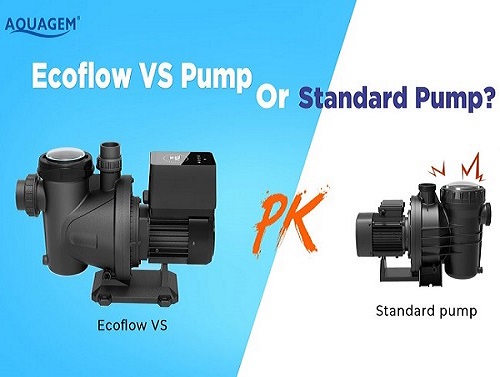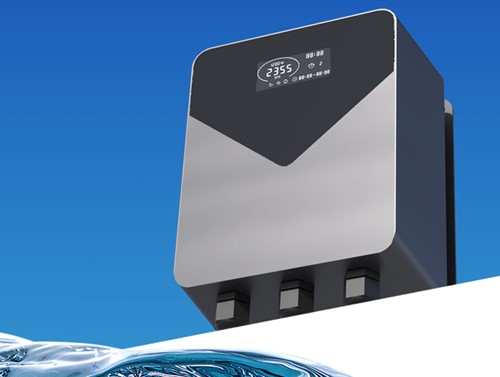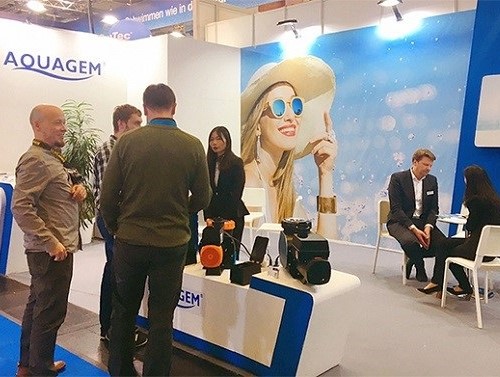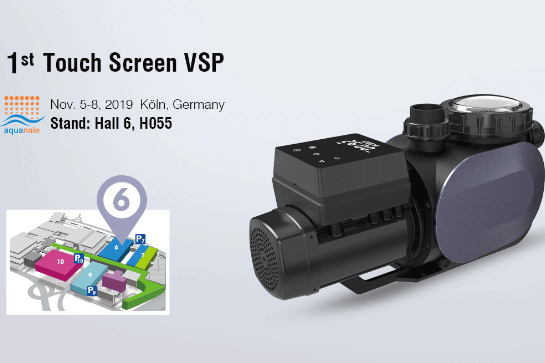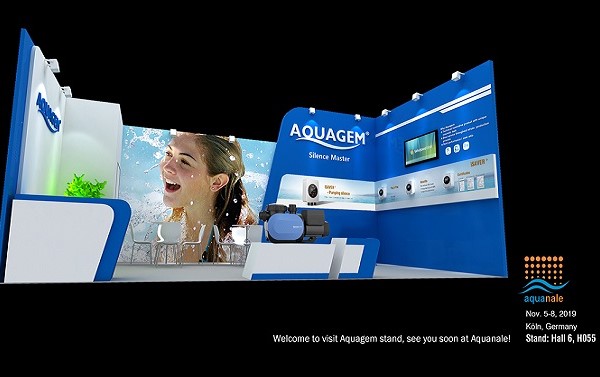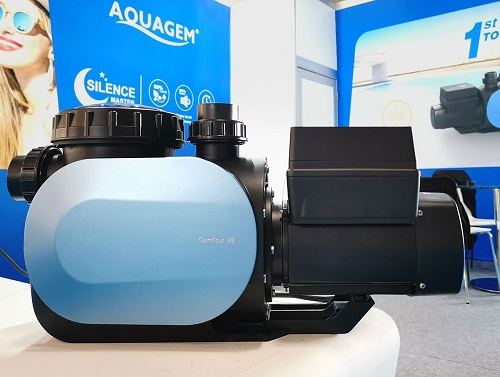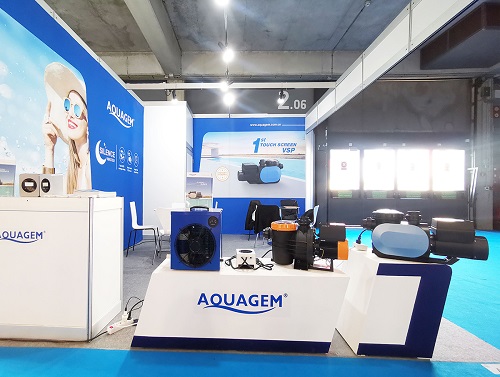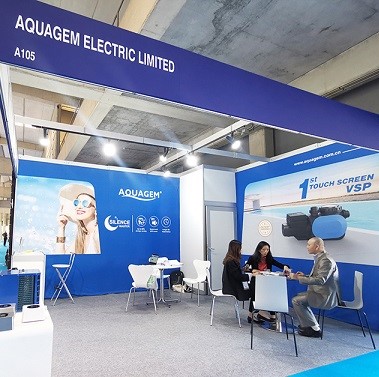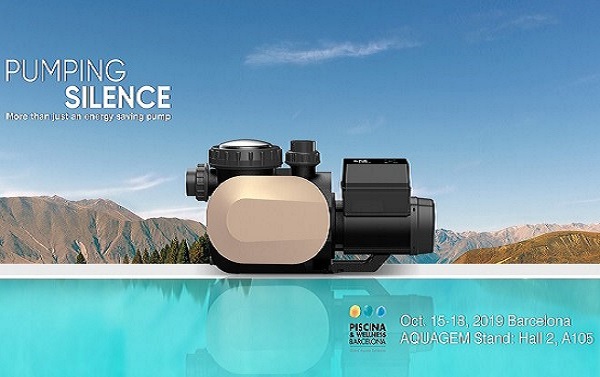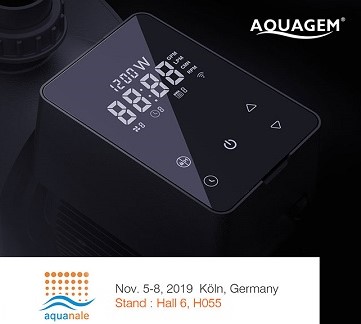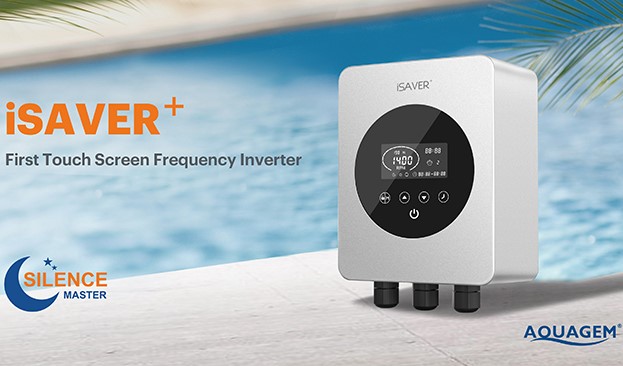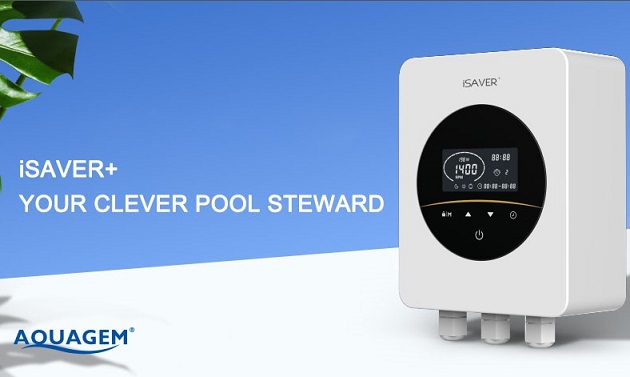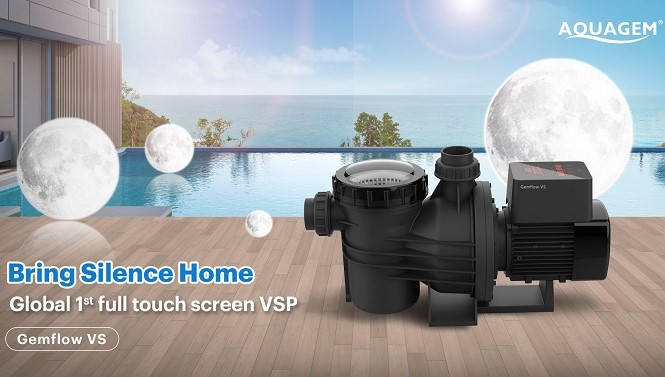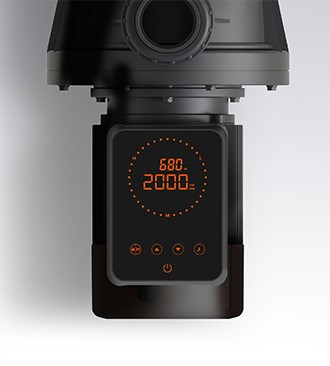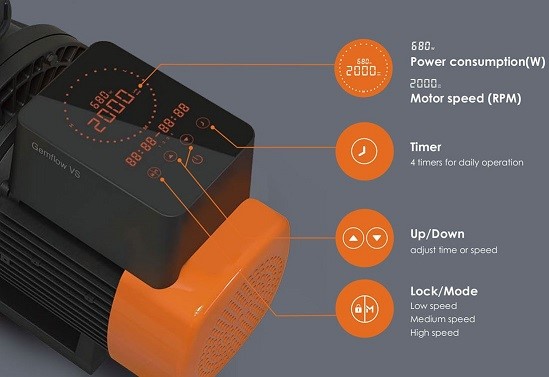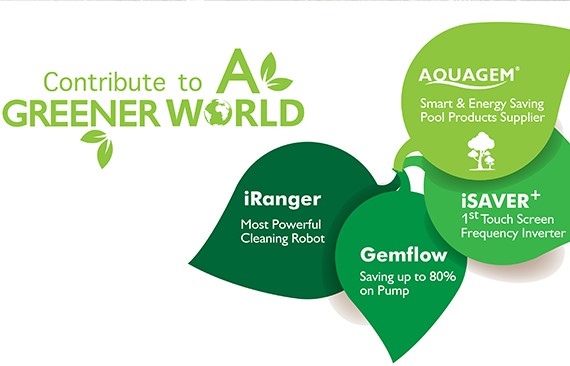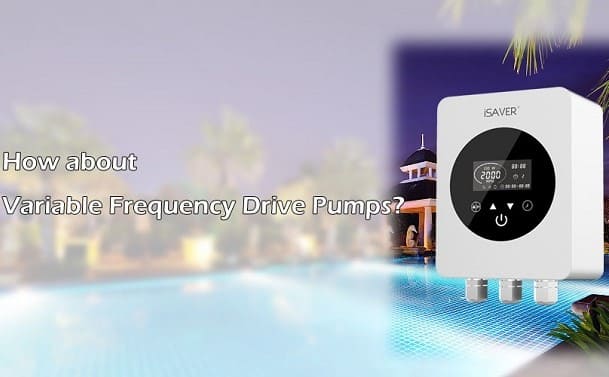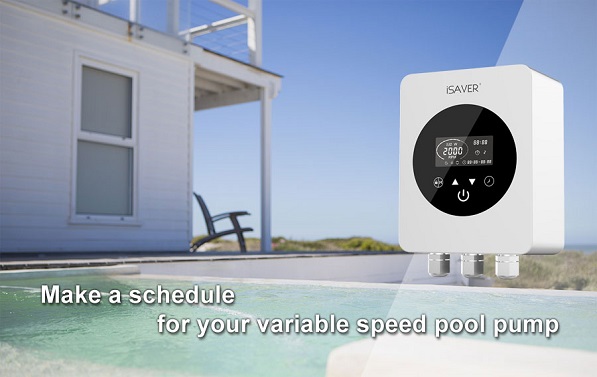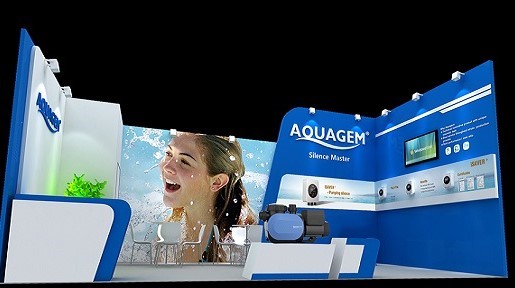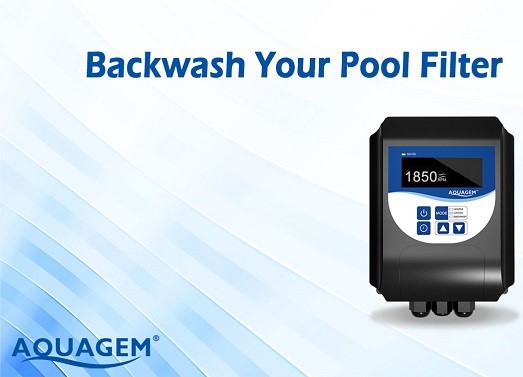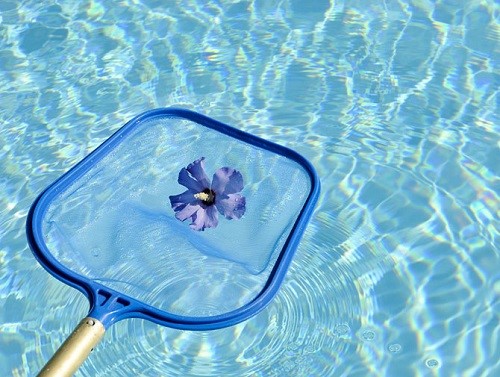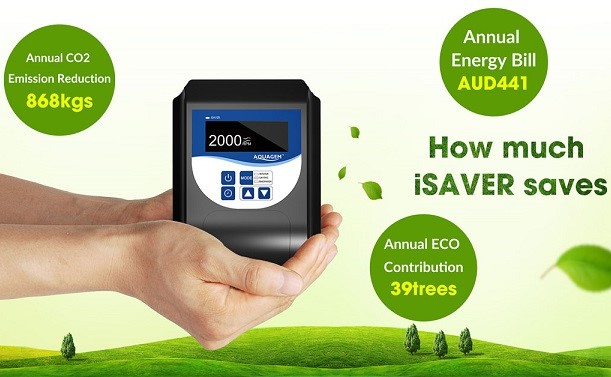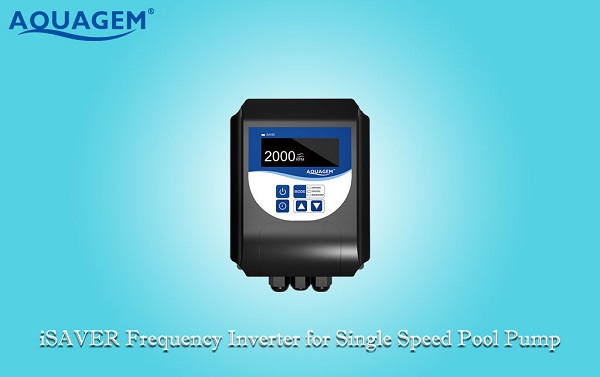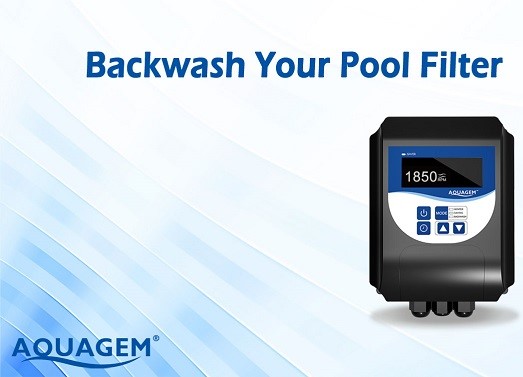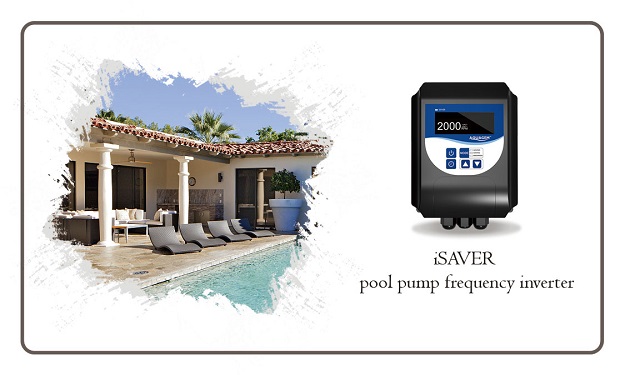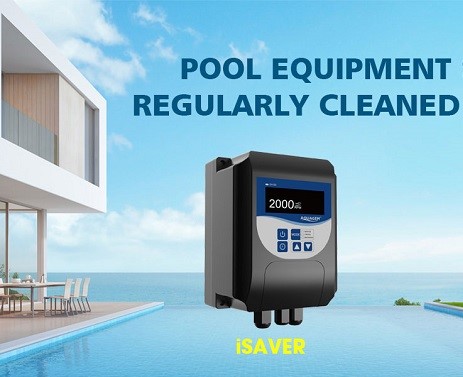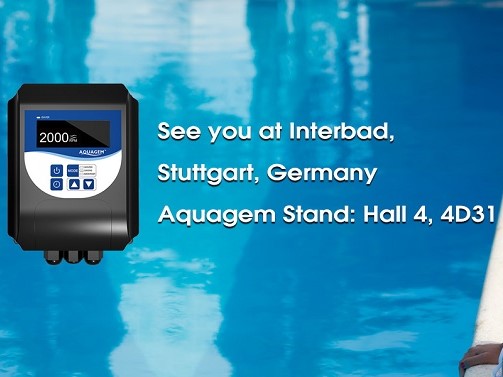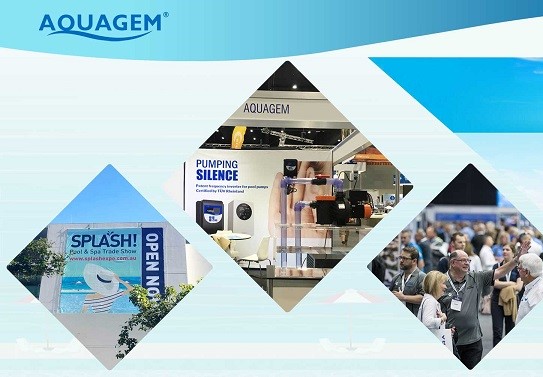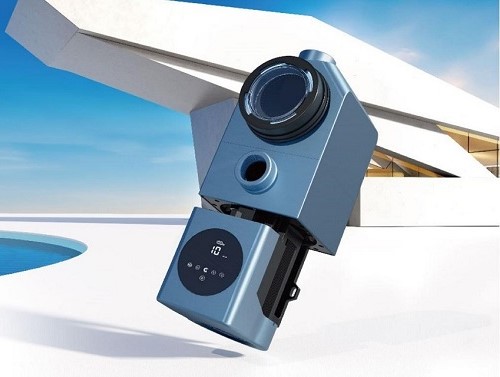The primary function of a pool pump is to circulate water through the pool’s filtration system to remove dirt and debris, maintain healthy water chemistry levels, and prevent stagnation. Choosing the right pool pump can make your job 50% easier. Inverter pool pumps are gaining popularity among today’s pool owners because they intelligently adjust variable speeds to achieve high energy savings while providing a quiet swimming experience.
However, the placement of the inverter pool pump installation is critical. What are the key points to note when installing an inverter pool pump to prevent the potential floods brought on by the rainy season? Let’s look at this pool pump setup guide summarized by Aquagem and see how to manage your pool pump for potential rainwater floods.
Where Should You Locate Your Inverter Pool Pump?
The best placement of an inverter pool pump is at the pool level or lower. Beyond this, there are three guidelines to follow when situating the pool pumps with inverters:
1. Place the pump as close to the swimming pool as possible but in a sheltered area. A shorter pipe run between the pump and the swimming pool will reduce the resistance to water flow and help save energy. And placing it in a sheltered area will lessen sun damage to the accessories of the pool pump.
2. Position the pool pump in the indoor pool equipment room if possible. You can keep the wiring costs down by minimizing the length of wire runs and trenching. Also, placing the pool pump in an indoor space with sufficient cooling and ventilation systems will shield the electronic components from damage caused by high temperatures and humidity levels.
3. Place the pool pump in a safe position away from children and pets so that no one can come into contact with any potential hazards.

These are the installation photos that the Aquagem partners have provided. The InverPro pool pumps were perfectly installed and are now operating smoothly with step-less speed regulation and hassle-free operation brought by InverSilence® Tech.
How Do You Keep Pool Pumps From Rainwater?
Moreover, you are required to protect the pool pump well from rainwater flooding, thus ensuring the safety of pool pumps and other pool equipment to prevent further damage. Please save this checklist as follows:
| √ | Ensure the housing of the pool pump is water-proof and all electrical components are GFCI-protected. |
| √ | Ensure that the pump is positioned slightly above ground level to keep the pump from flooding during heavy rain. |
| √ | Ensure the pump is mounted on a level surface with sufficient drainage ports to allow water to drain. |
| √ | Install a system of flow sensors to monitor water levels, ensuring the pump does not become submerged in case of a sudden flood. |
| √ | Ensure that the pump runs off of an uninterruptable power supply in case of power outages during rainstorms. |
Can Pool Pump Be Higher Than Pool?
Unfortunately not, we prefer to install the pool pump lower than the swimming pool’s water level. In general, there are three locations for a pump: above the pool, at the same level as the pool, and below the swimming pool. Having the pool pump level with the water line is ideal for optimizing energy loss, but this is much more difficult to achieve. Additionally, because it must defy gravity to draw water up, a pool pump that is too much above the pool water line may strain the motor, leading to overheating and undue wear and tear. Thus, we recommend installing your pool pump below the water line, as it will be more appropriate.
How to install a check valve on a pool pump is also essential. We suggest installing a check valve on the suction line from the swimming pool to the pool pump, where the valve can effectively prevent the water from returning to the swimming pool along the inlet pipe.
Can Pool Pump Be Left Out In Rain?
Yes, pool pumps are usually water-proof and made to withstand rain and splashes, but that doesn’t mean standing water can submerge them. Poor drainage will cause standing water from storms to linger around the motor. It will burn out the pump motor when the rainwater gets into it and cause a short circuit. The safest way is to leave the pool pump running in light rain. Nonetheless, we suggest you keep your pool pump dry and not let it get wet. Never let the waterfall on the pump from above; it is preferable to cover it with a motor cover, a canopy umbrella, or a pool equipment enclosure.
Can InverPro Pool Pump Get Wet?
Yes, the InverPro pool pumps developed by Aquagem can operate normally by getting wet in the rain or direct sunlight. Equipped with an intelligent full-touch controller, the InverPro can function in real-time power consumption reading and flow reading, freely switching Auto Inverter mode with Manual Inverter mode and one-click backwash. As the IP rating of the InverPro is IP55, it can prevent the rain water outside. There is no need to worry that raindrops falling on the full-touch screen controller will modify the pool pump settings – because the only way to unlock the controller is to keep pressing the lock key on the full-touch screen.
Besides, the R&D team of Aquagem conducted multiple tests utilizing bright light on the screen to ensure that the full-touch screen on the InverPro remained visible even in direct sunlight. Thanks to the self-developed InverSilence® technology, the InverPro is the most silent and energy-saving pump solution. The innovative InverPro inverter pool pump brings maximum swimming pleasure, minimum energy use, and minimal noise with 15 times energy-saving and 30 times silent. The InverPro pool pumps feature a user-friendly panel interface with easy-to-understand parameters, delivering pool users a refreshingly minimalistic and intelligent experience.
Conclusion
Weather can have a severe impact on the components of inverter pool pumps. We must protect the pool pumps from heavy rain, strong winds, and particularly from snow and ice. Hence, how to install a pool pump? We recommend installing the inverter pool pumps in a dry, well-ventilated environment, ideally an indoor space, to prevent the lifespan of electronic components from being affected. How difficult is it to install a pool pump? Not that complicated because homeowners with basic mechanical skills can usually replace their pool pump in a relatively short period. As the creator of the inverter pool pump, Aquagem will continue to strengthen the innovation of energy-efficient products and seek new intelligent solutions to enhance the pool user experience further. To ensure that your inverter pool pump connections are safe and correct, you are always welcome to contact the Aquagem experts for professional advice.

